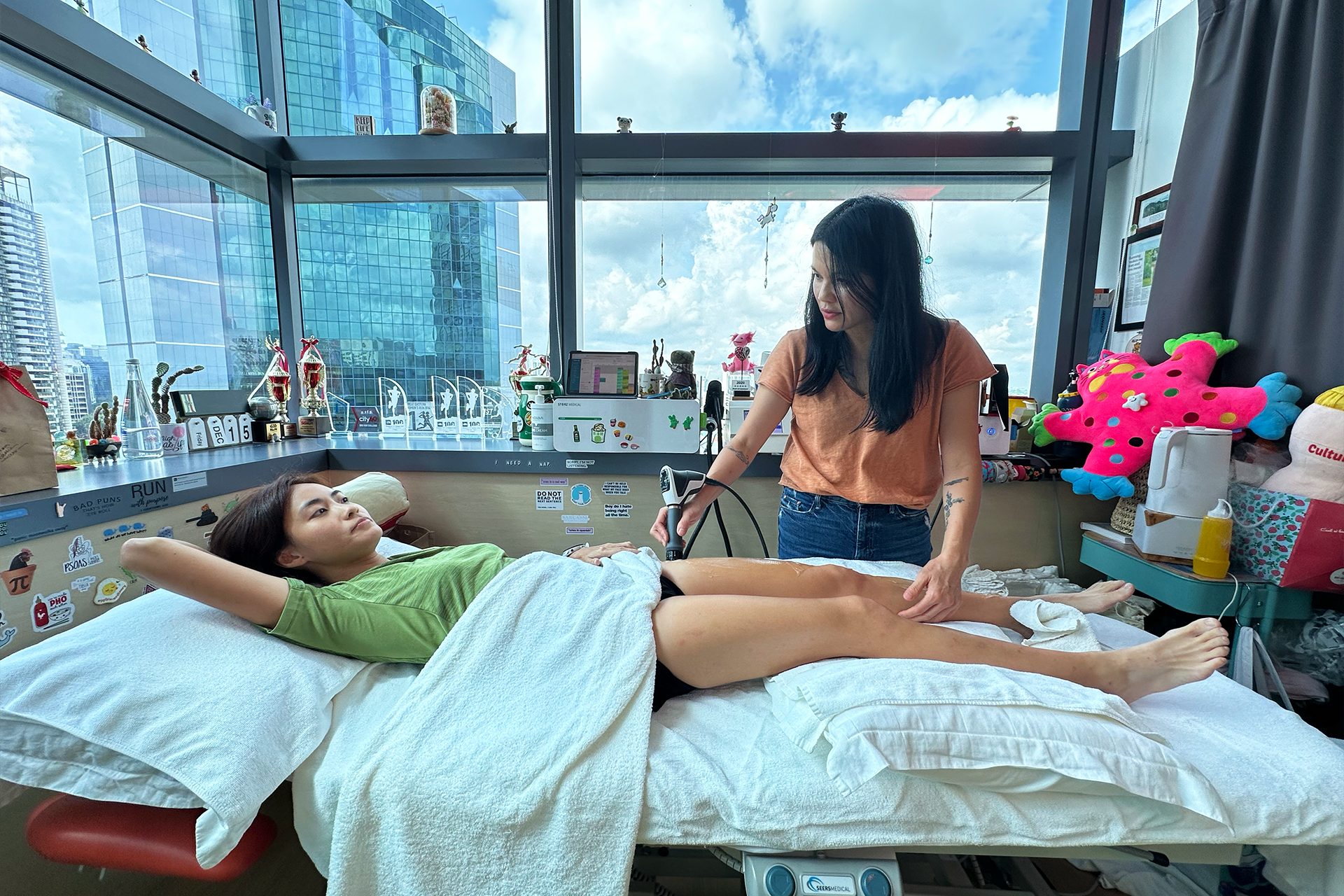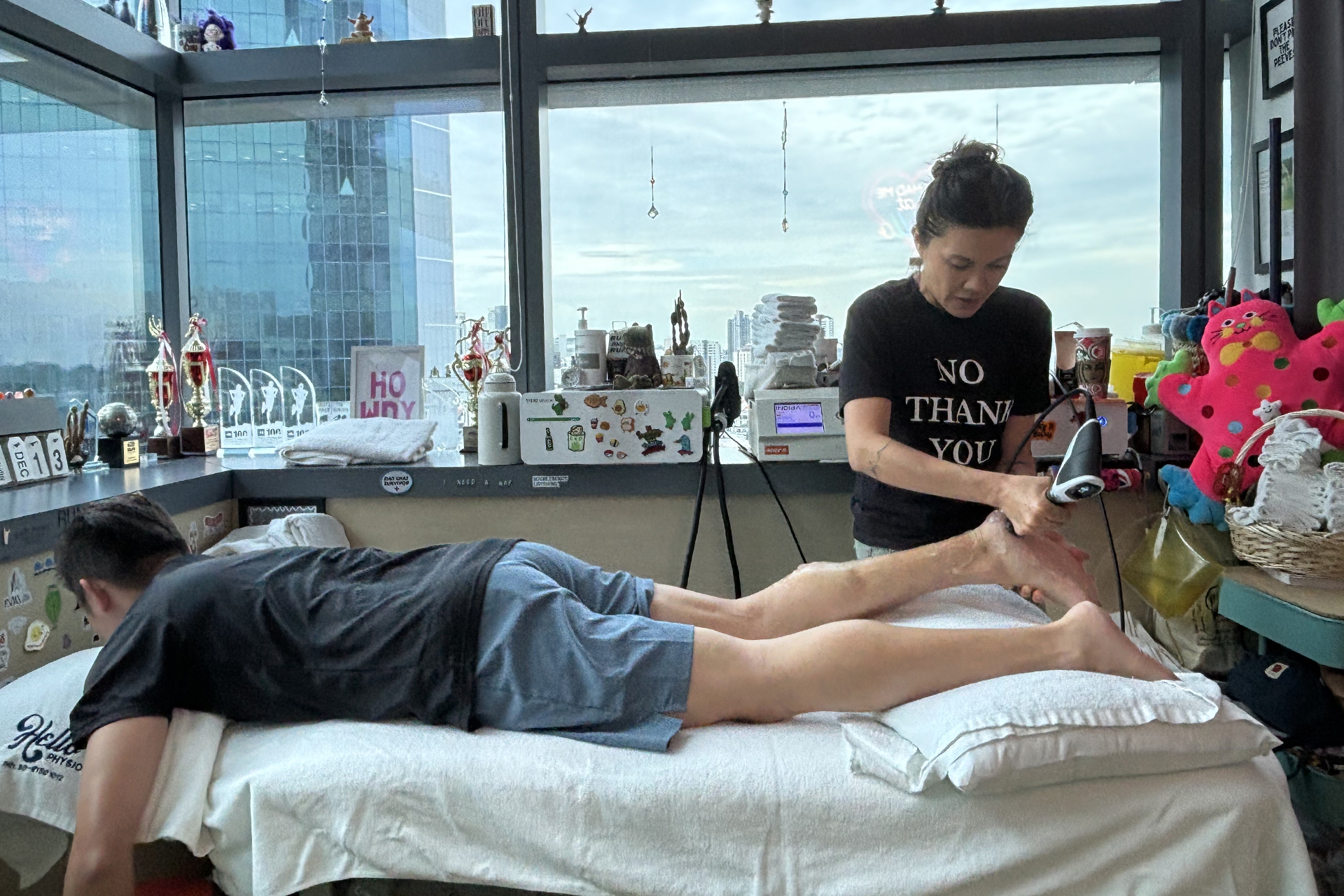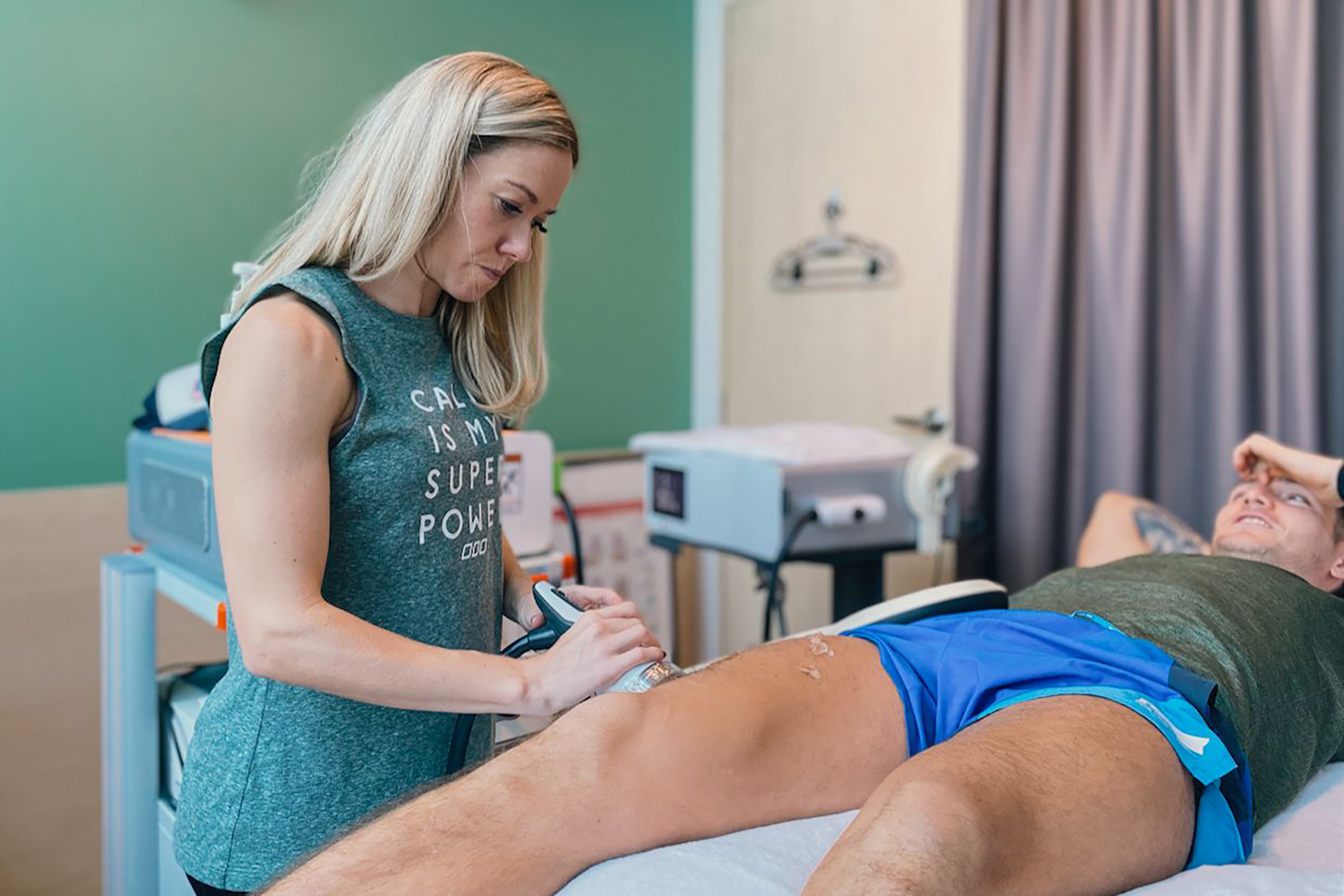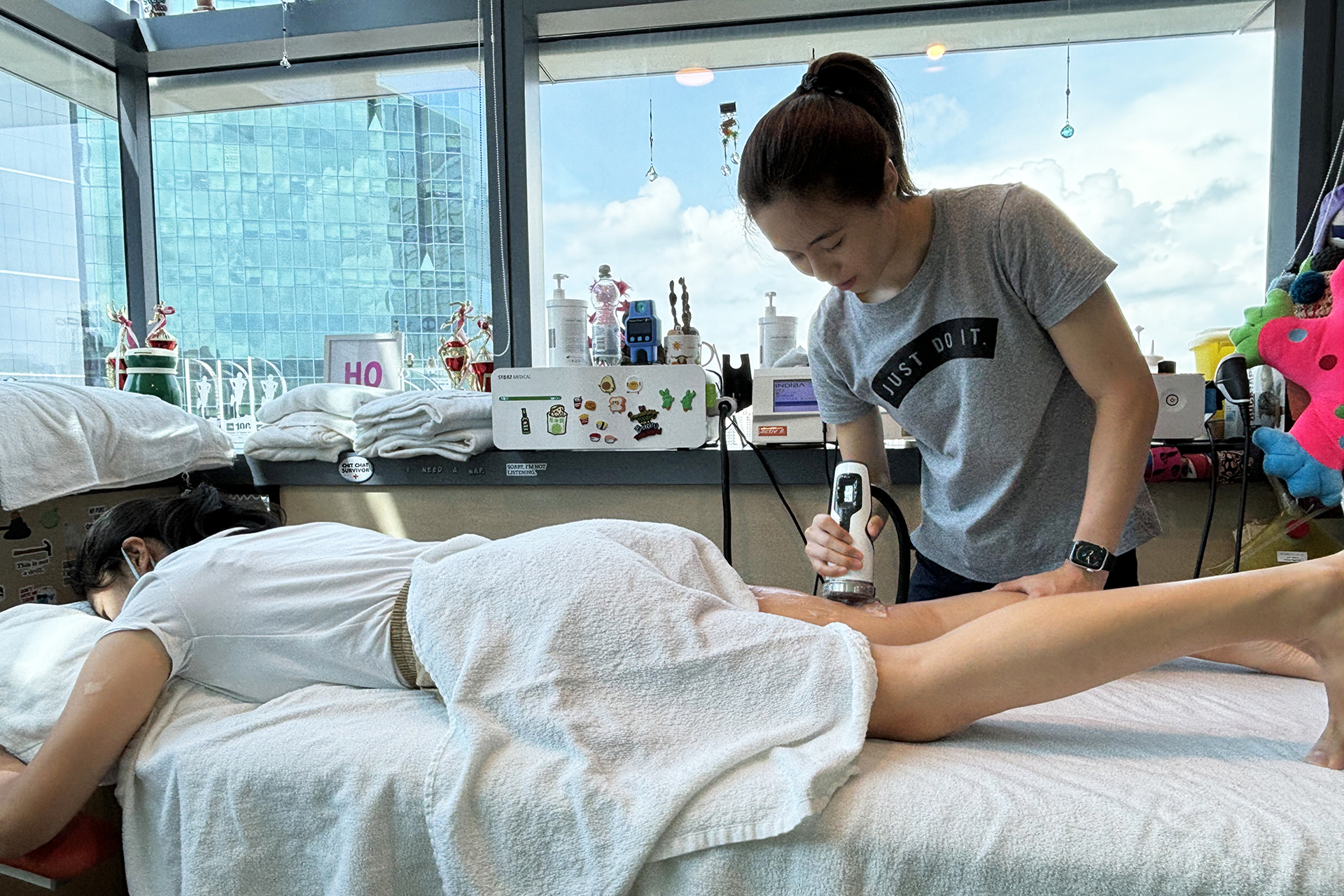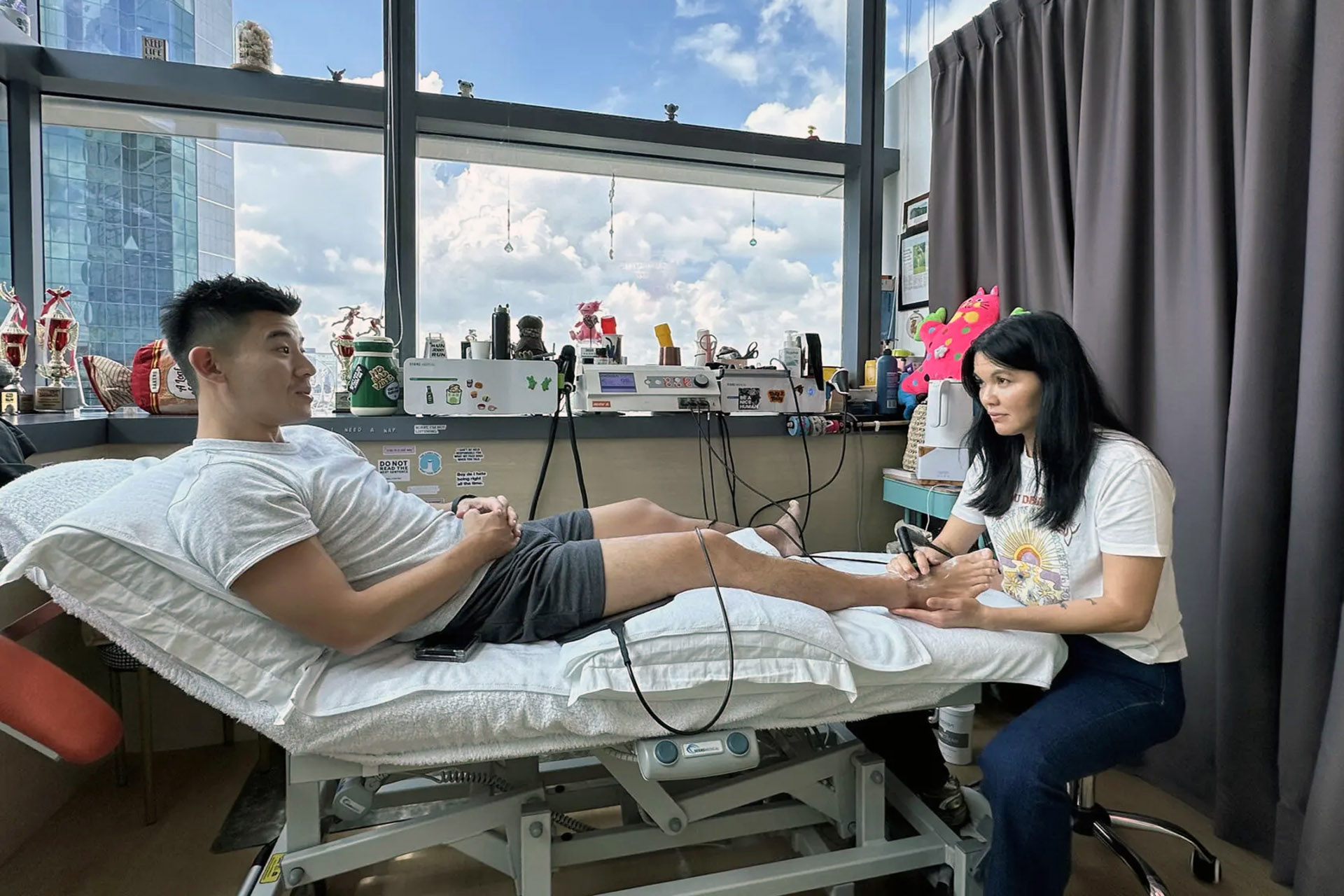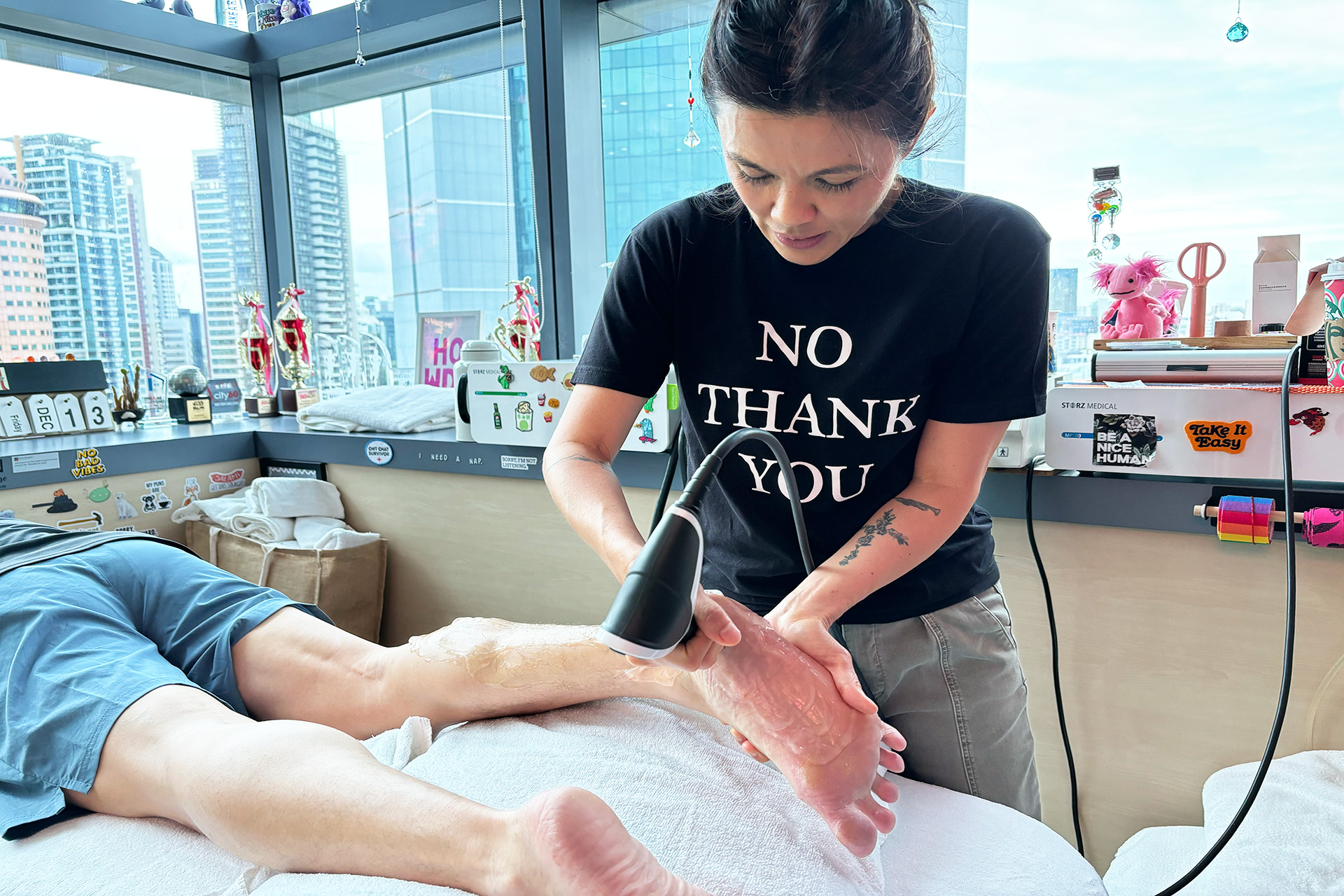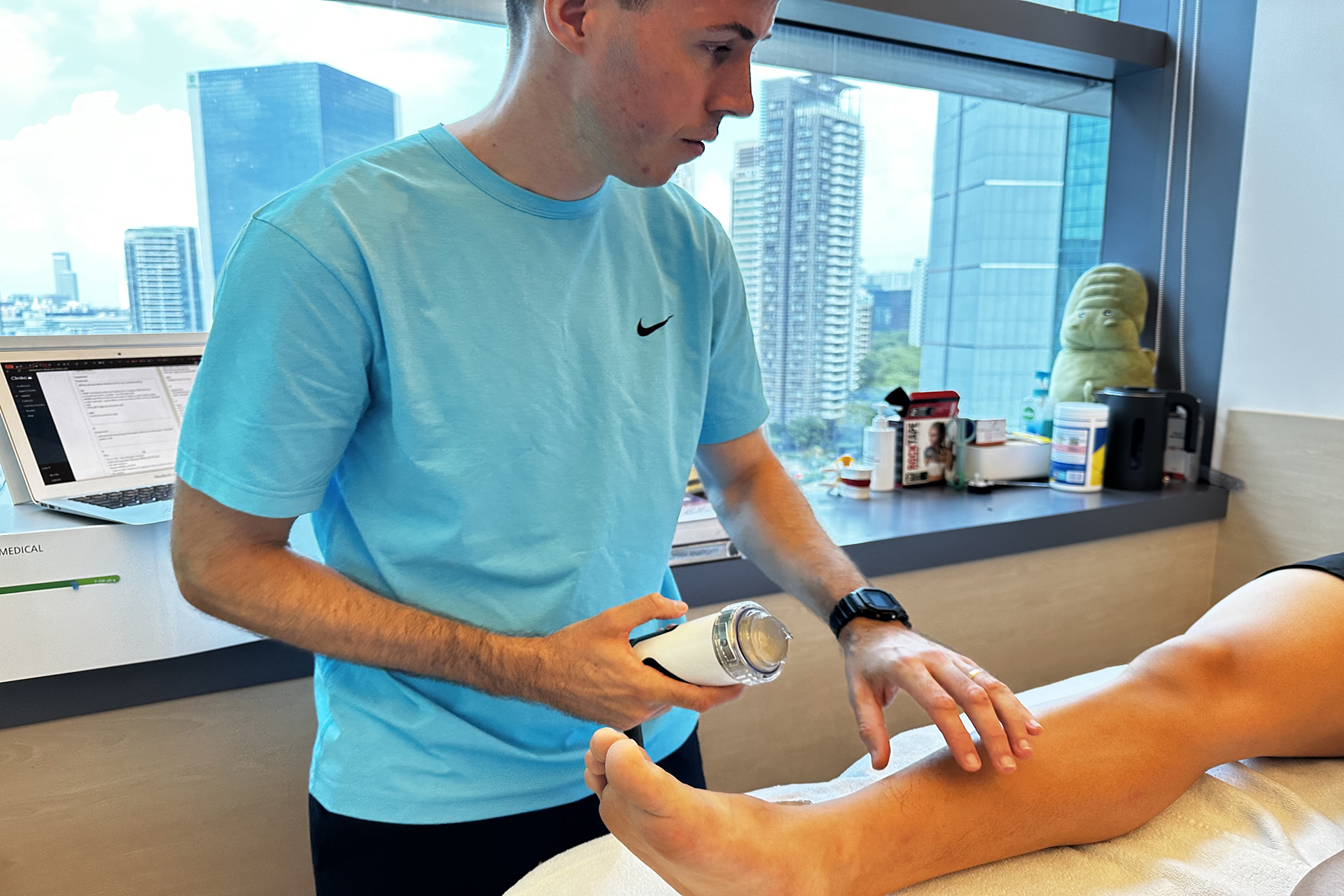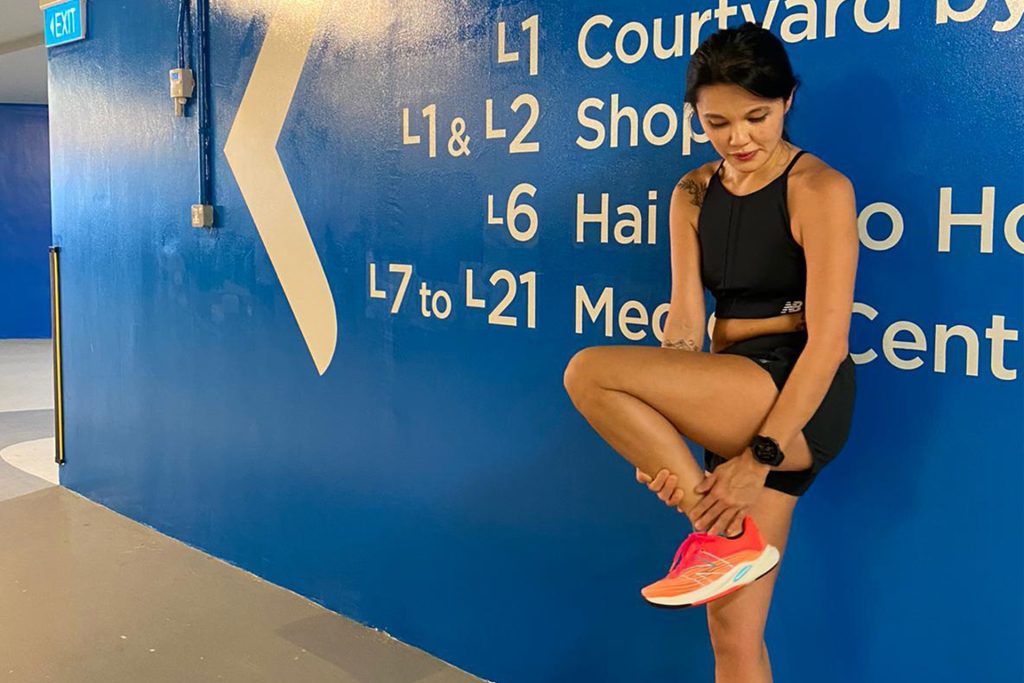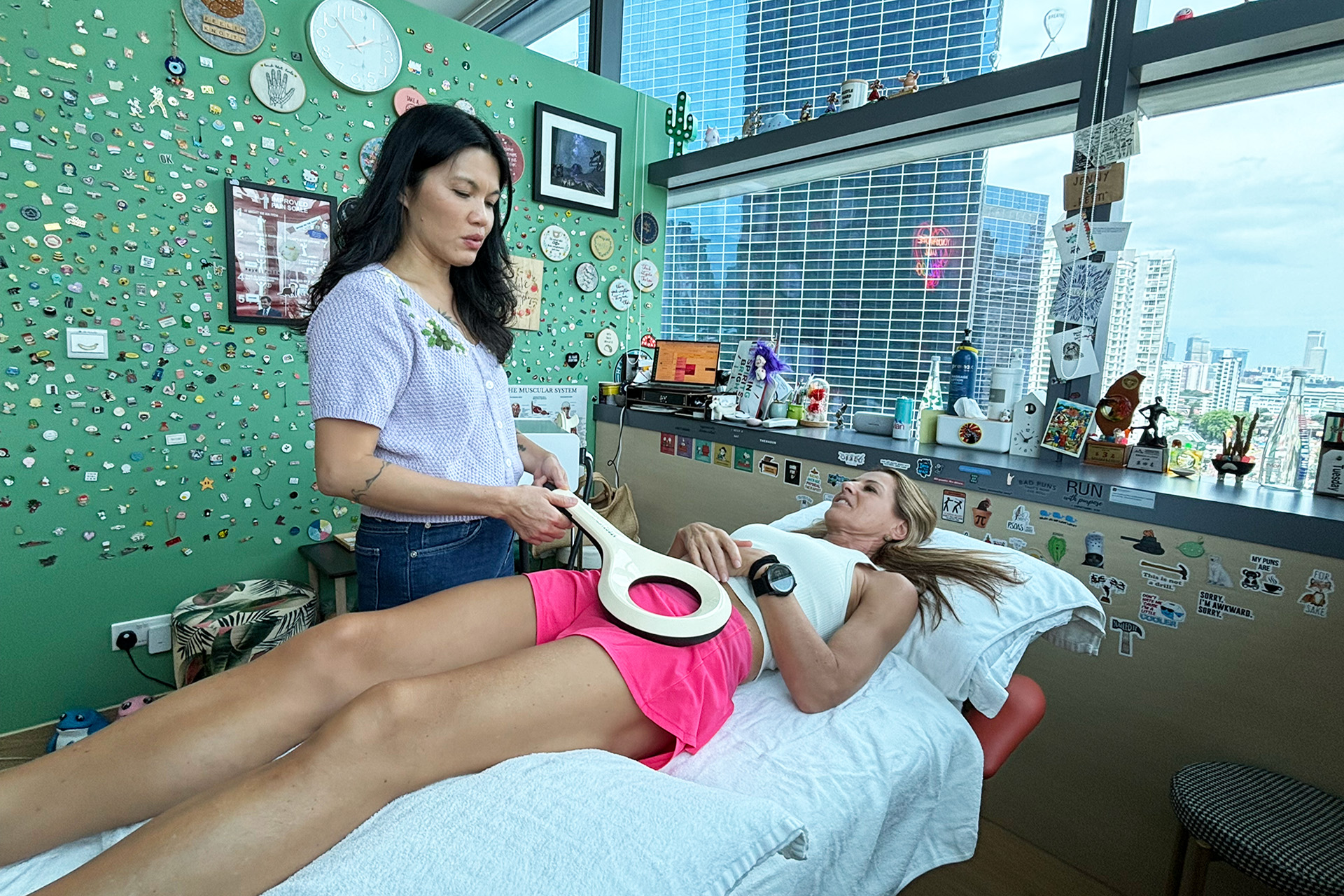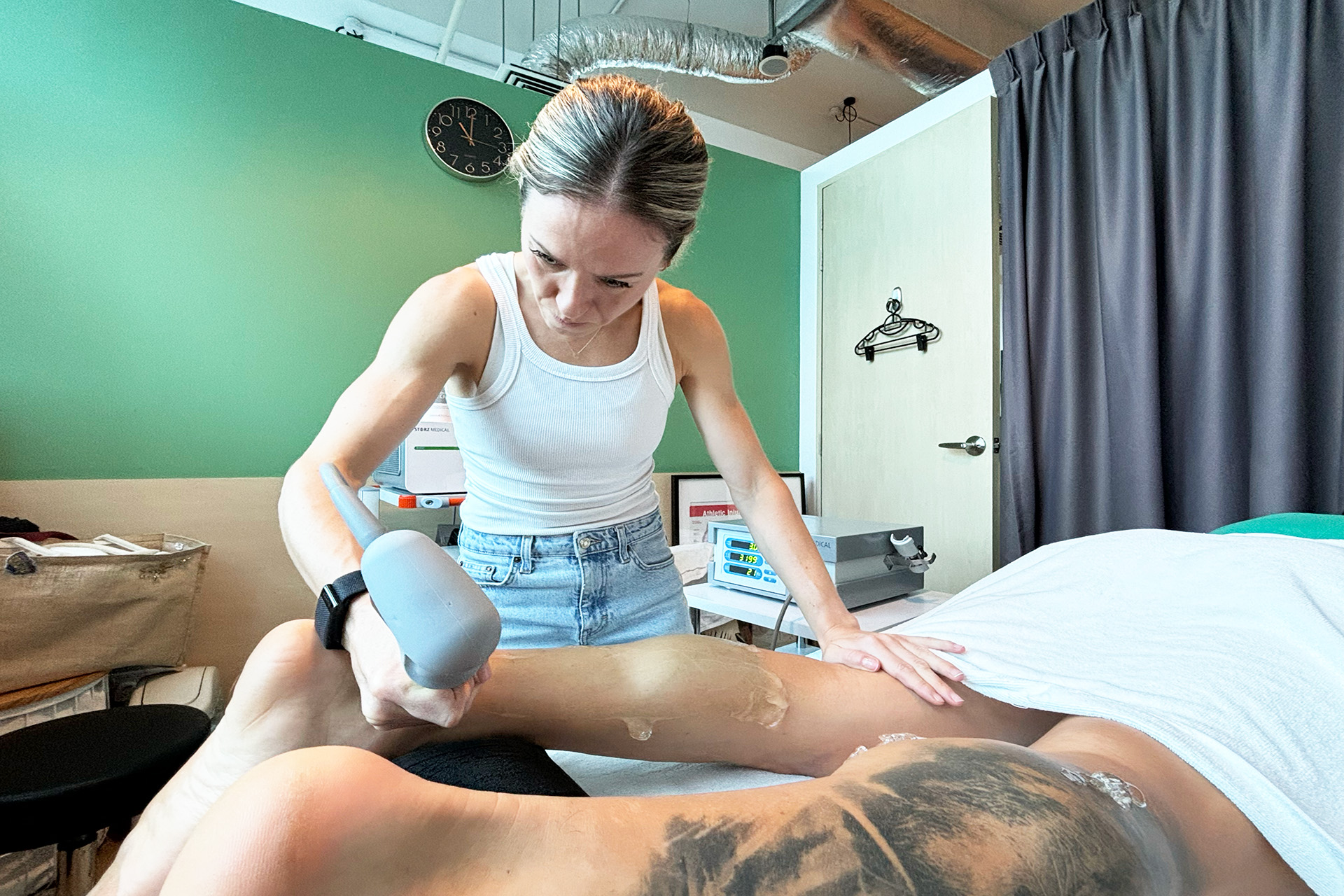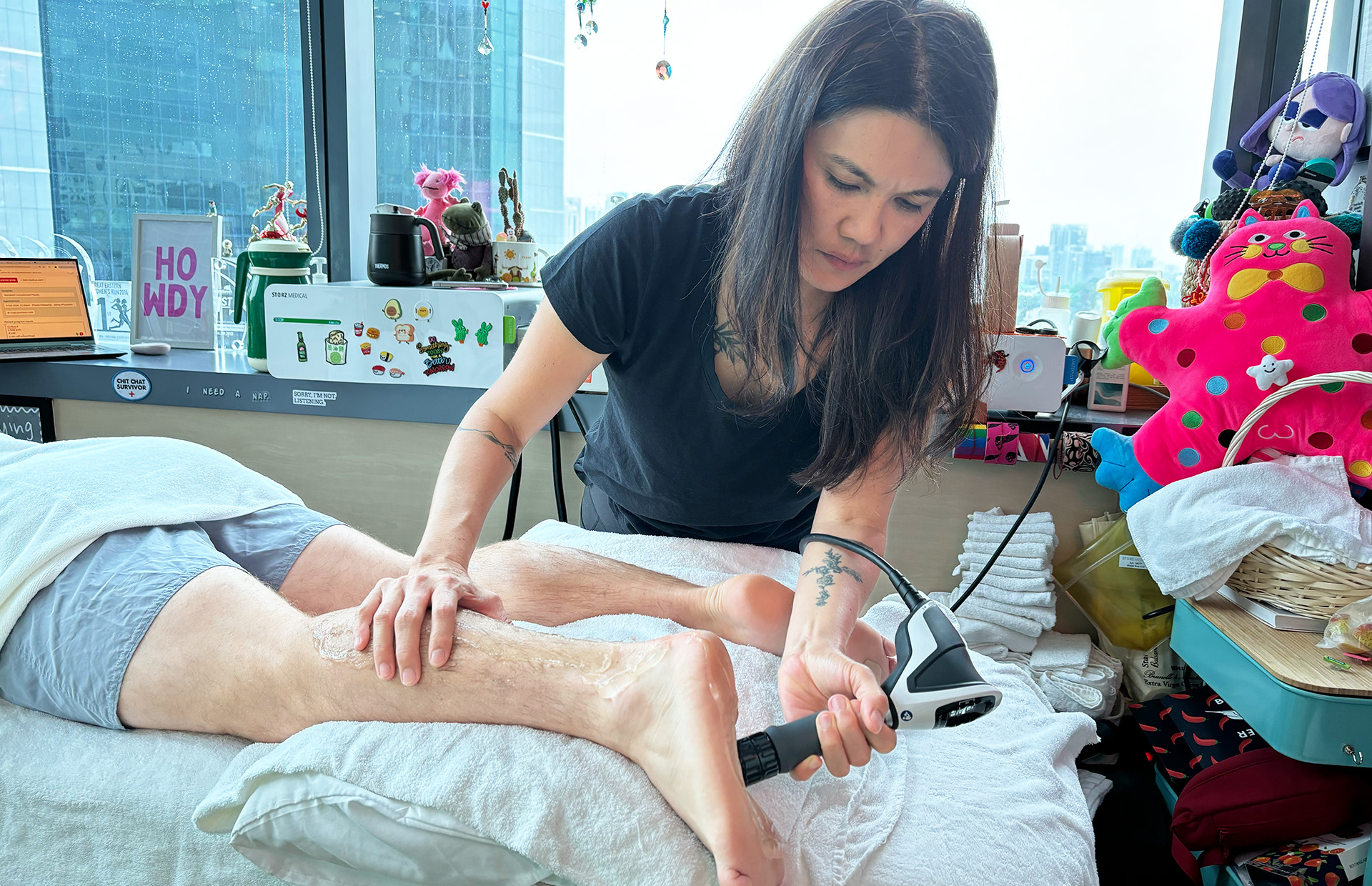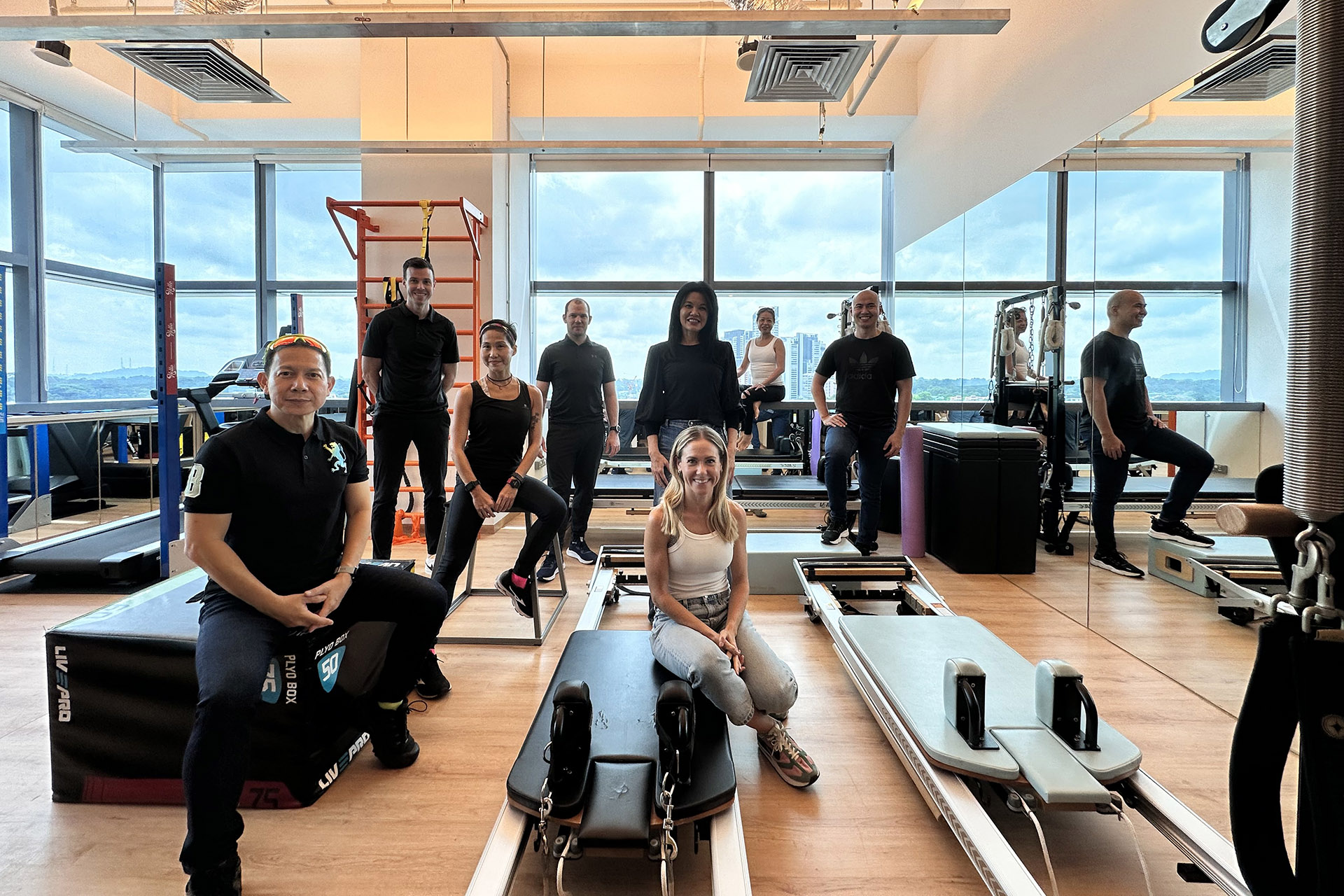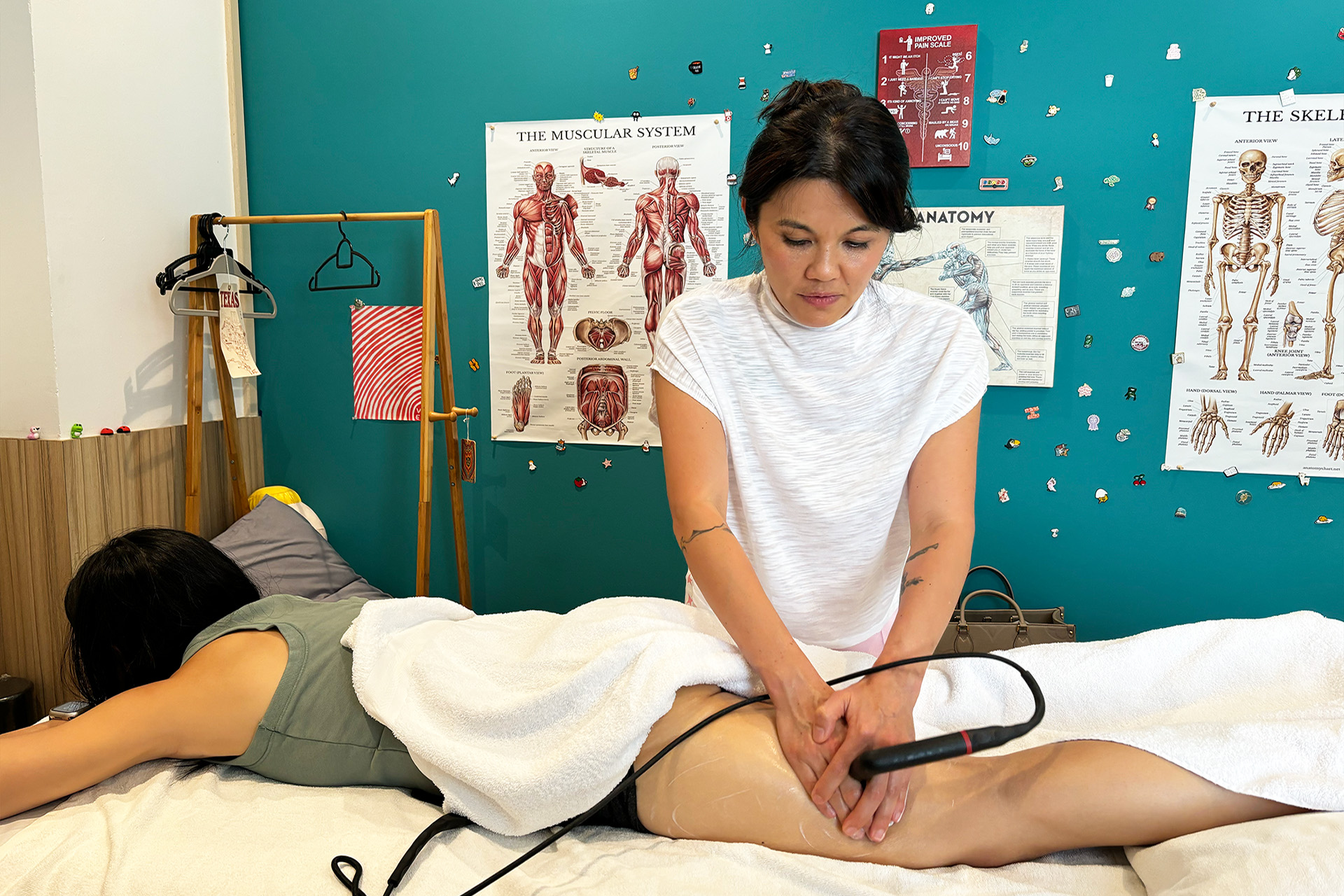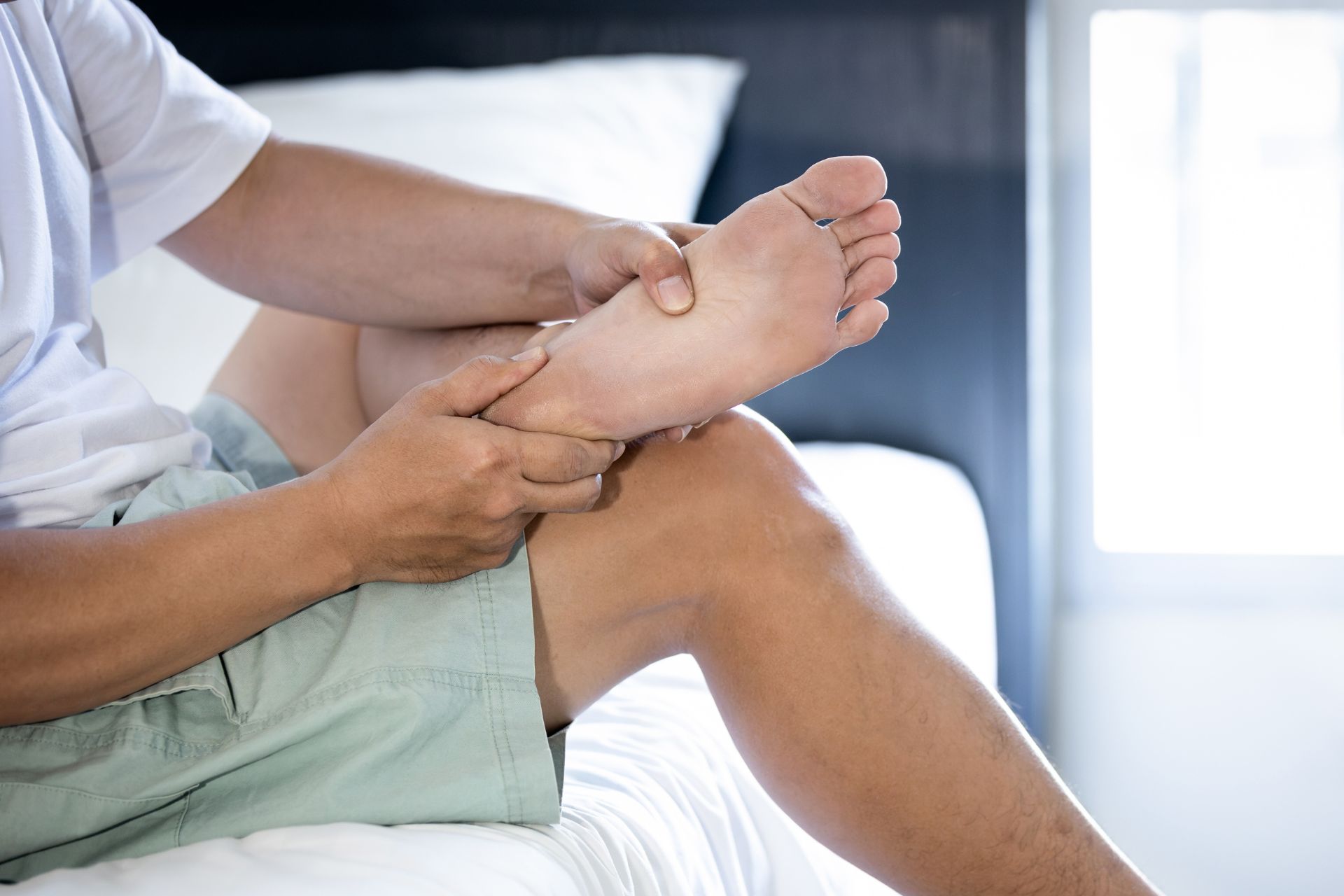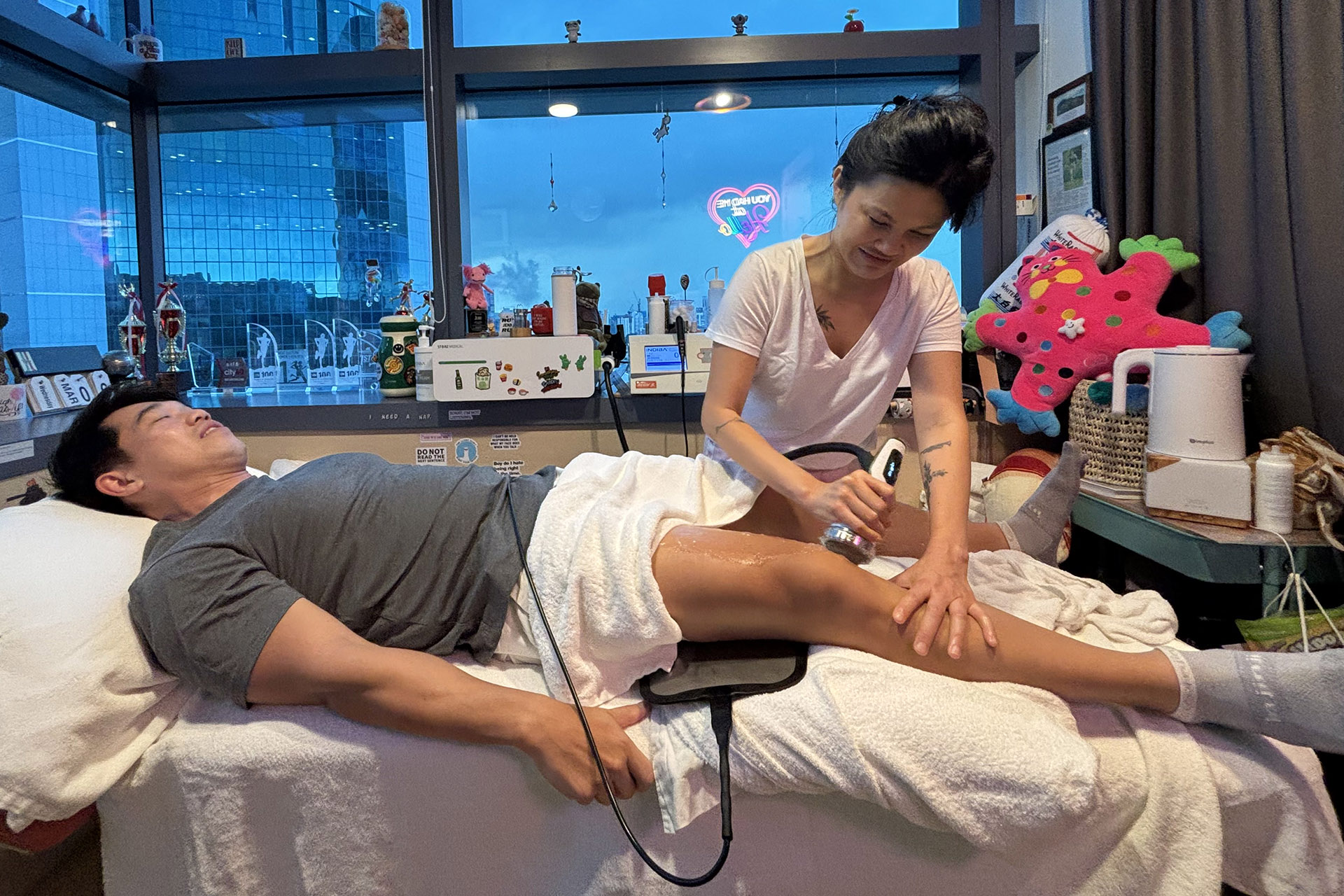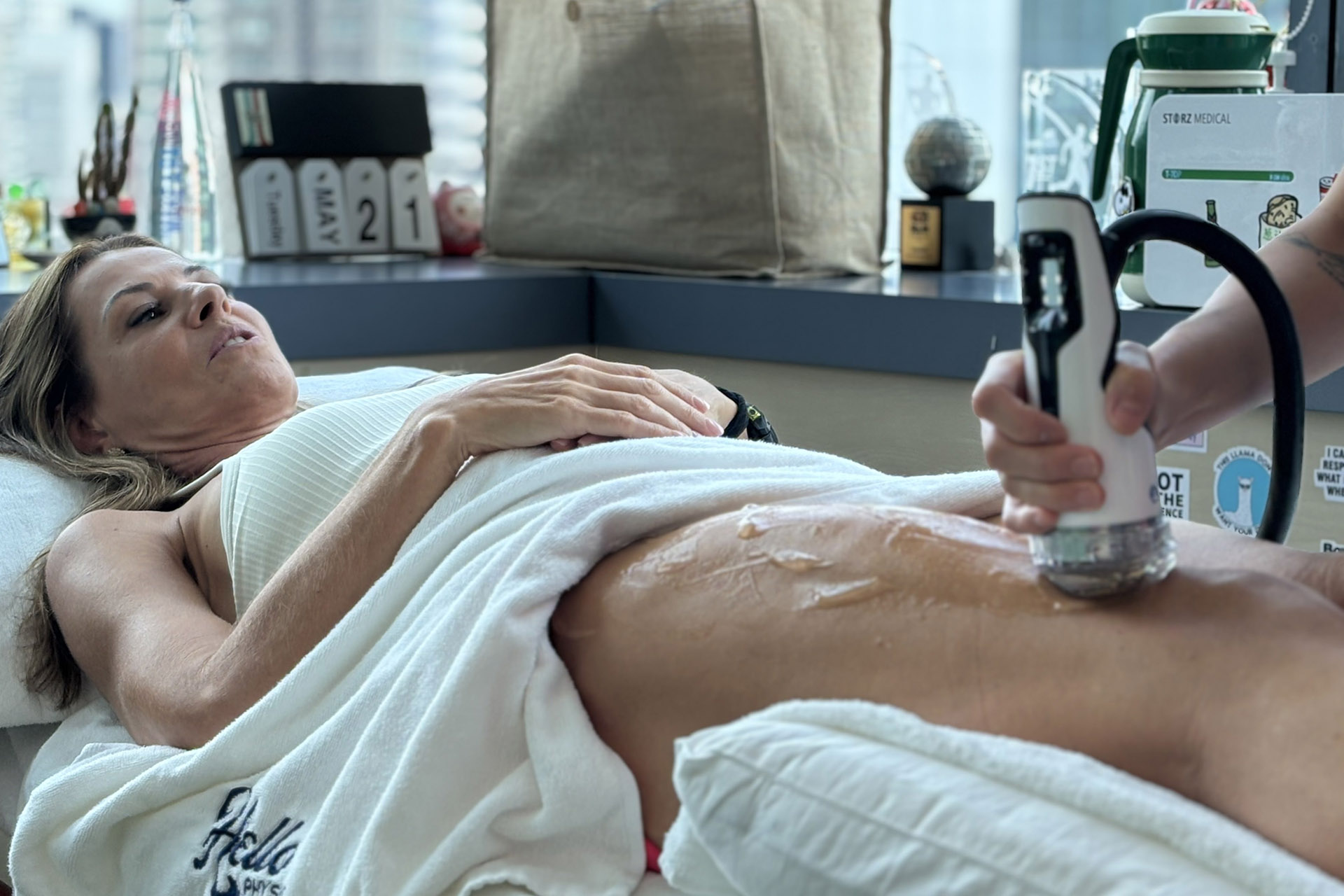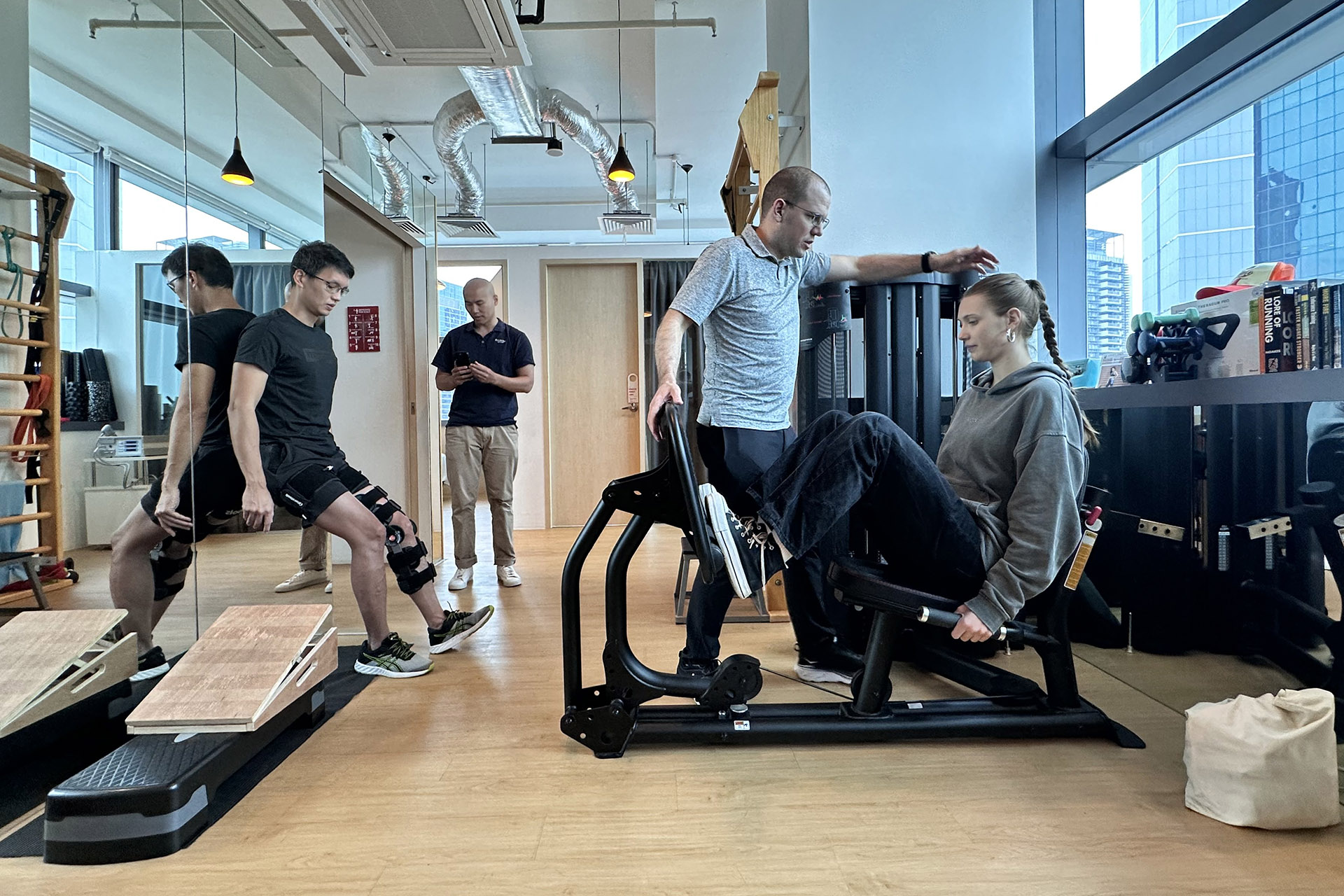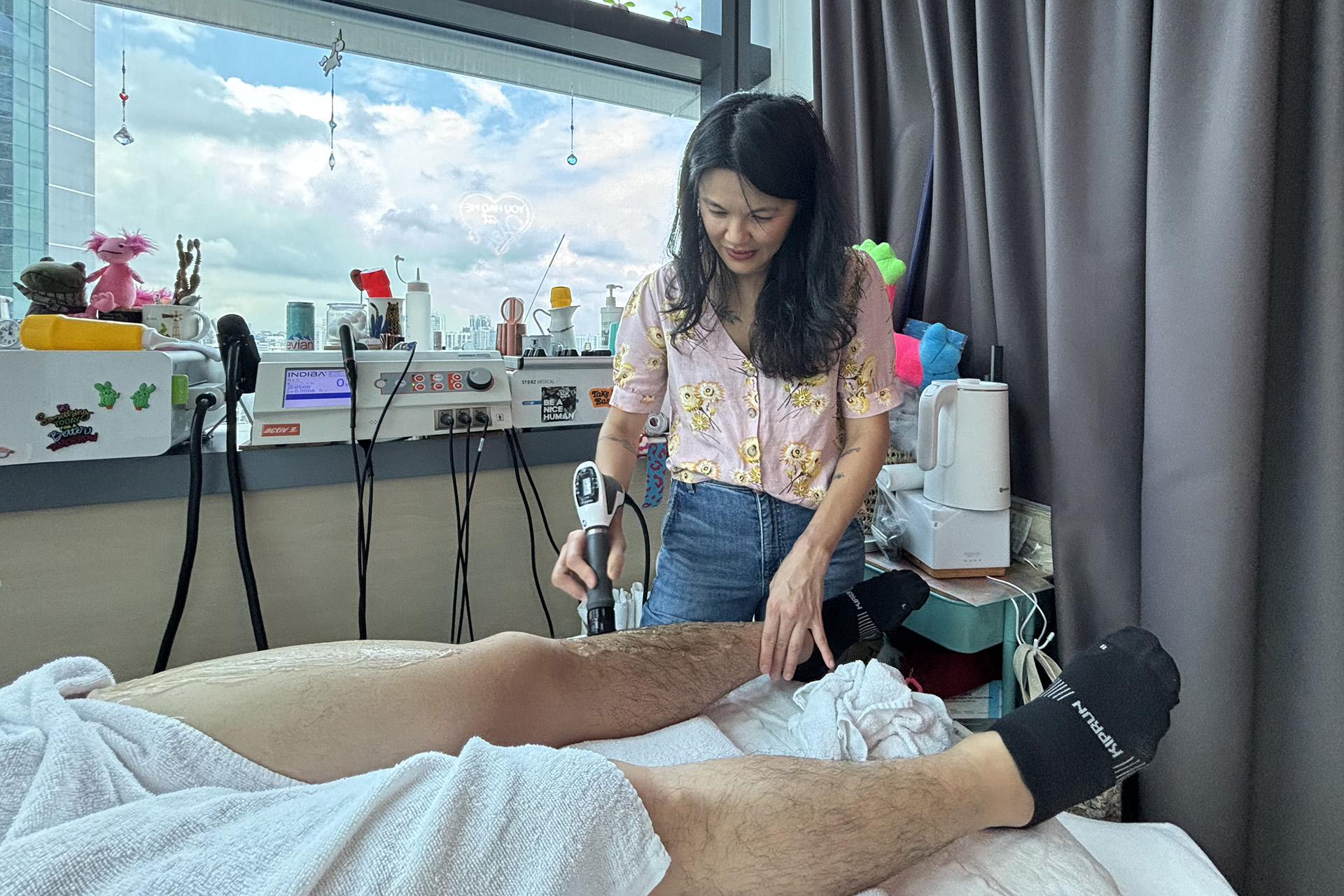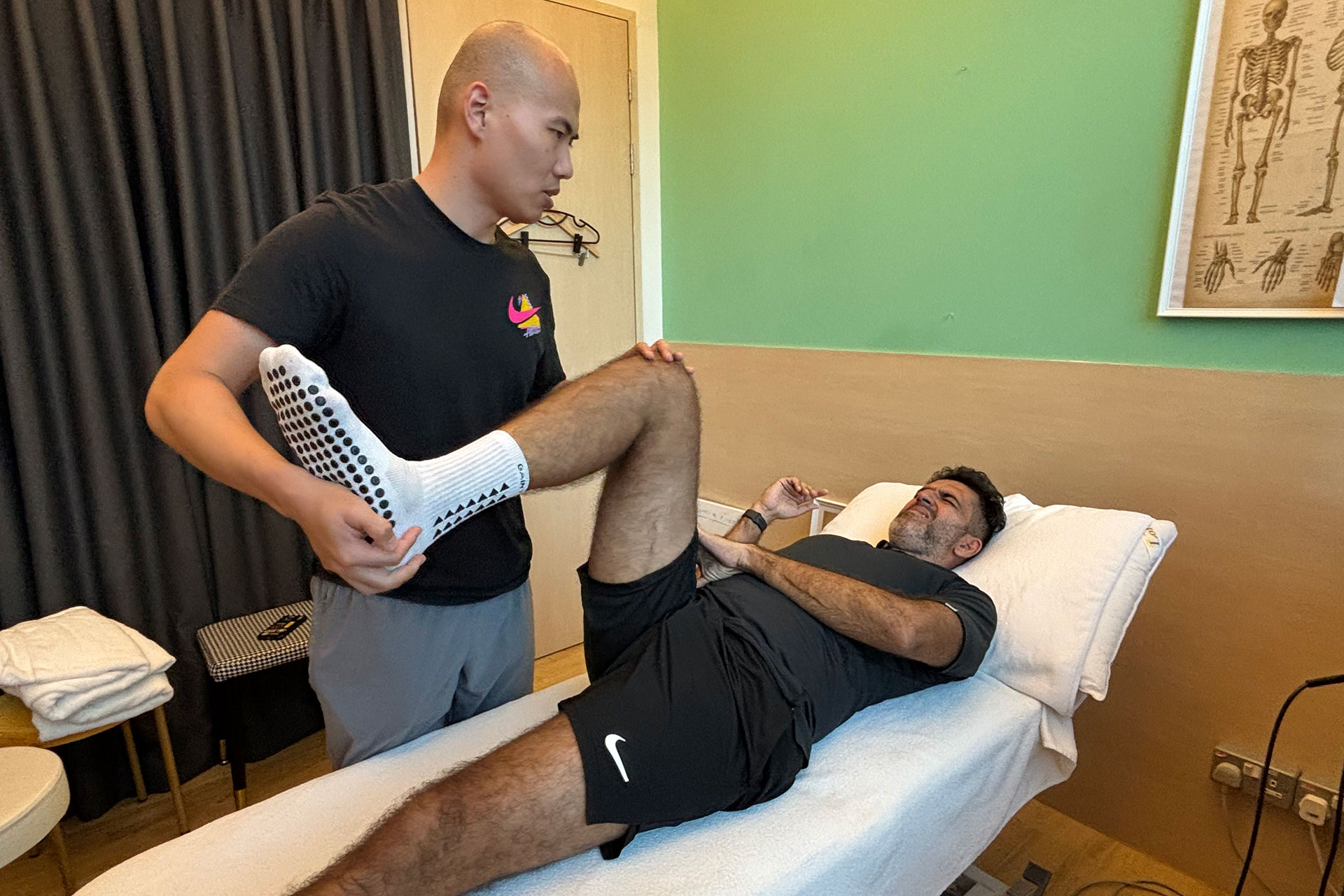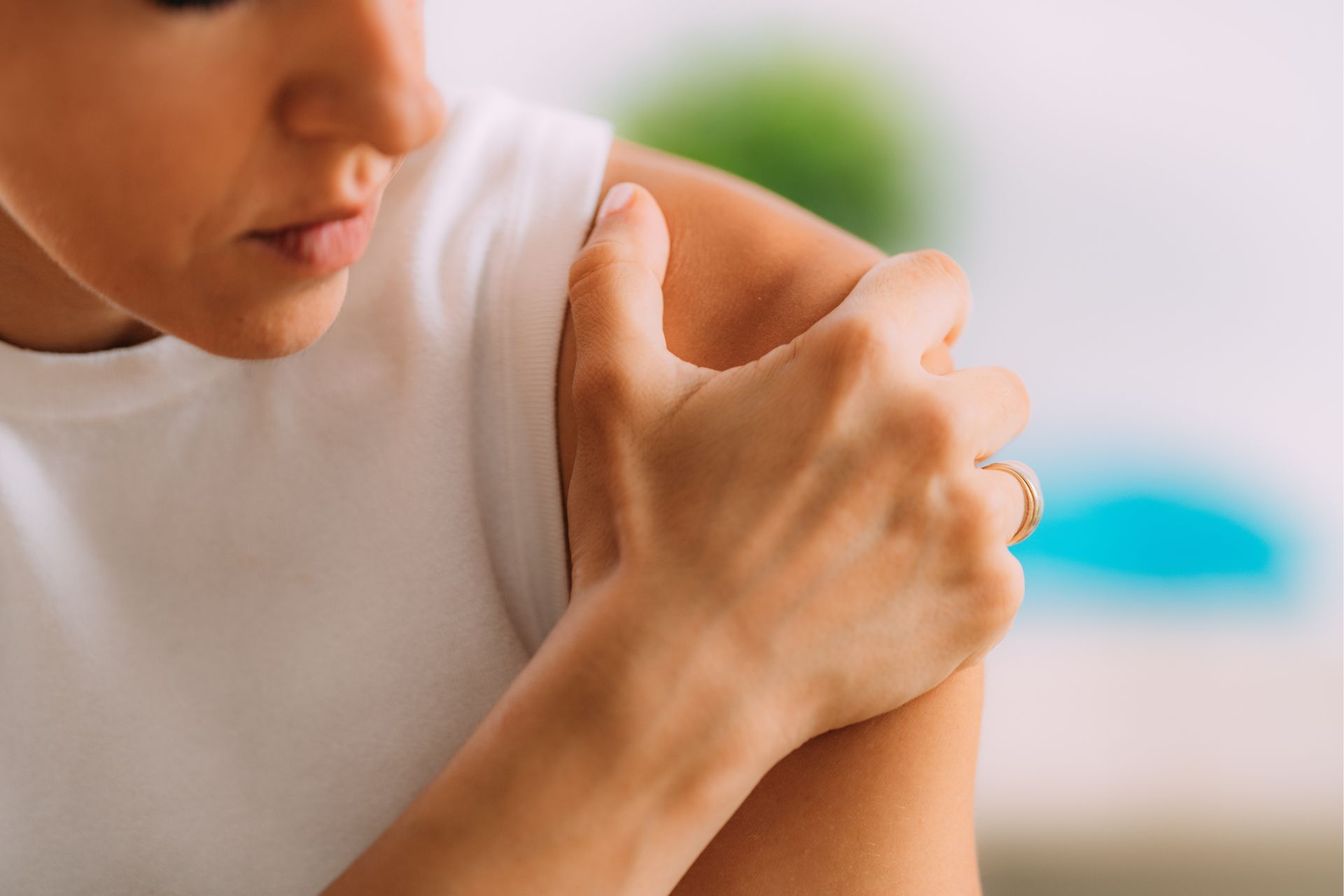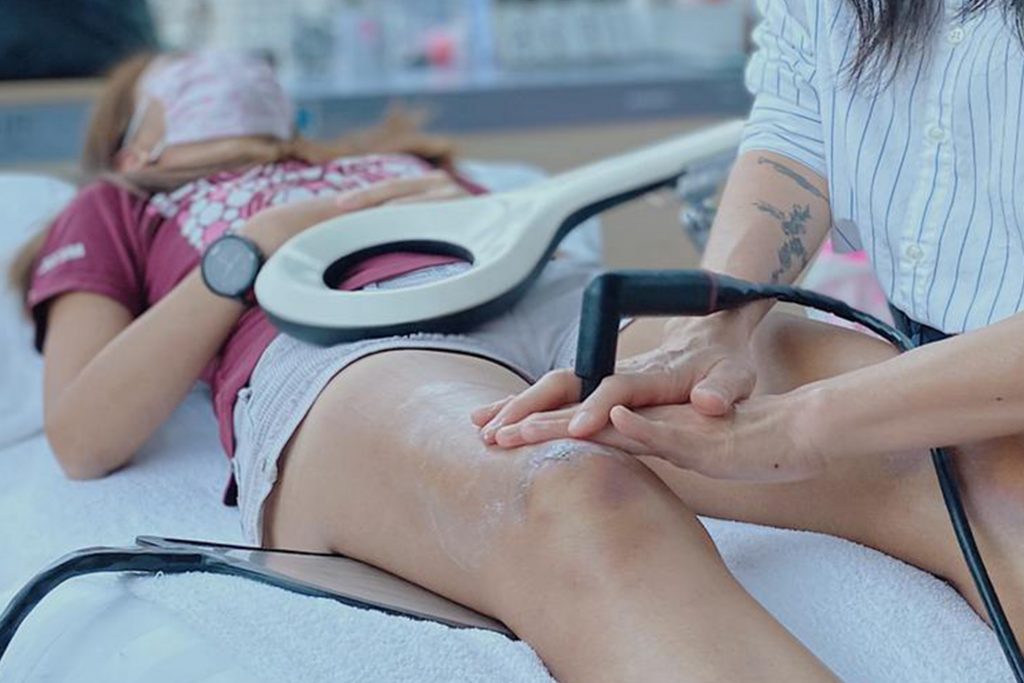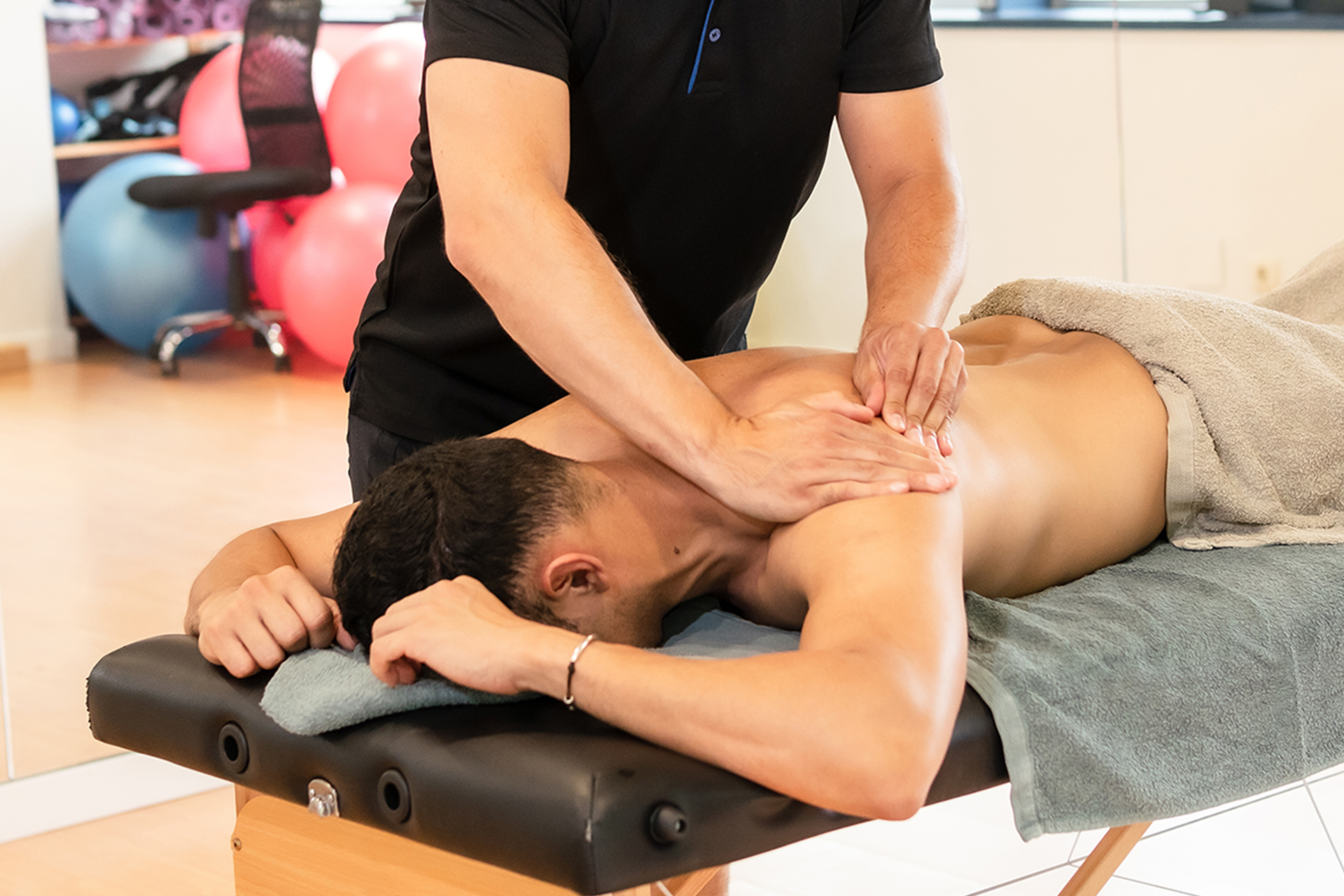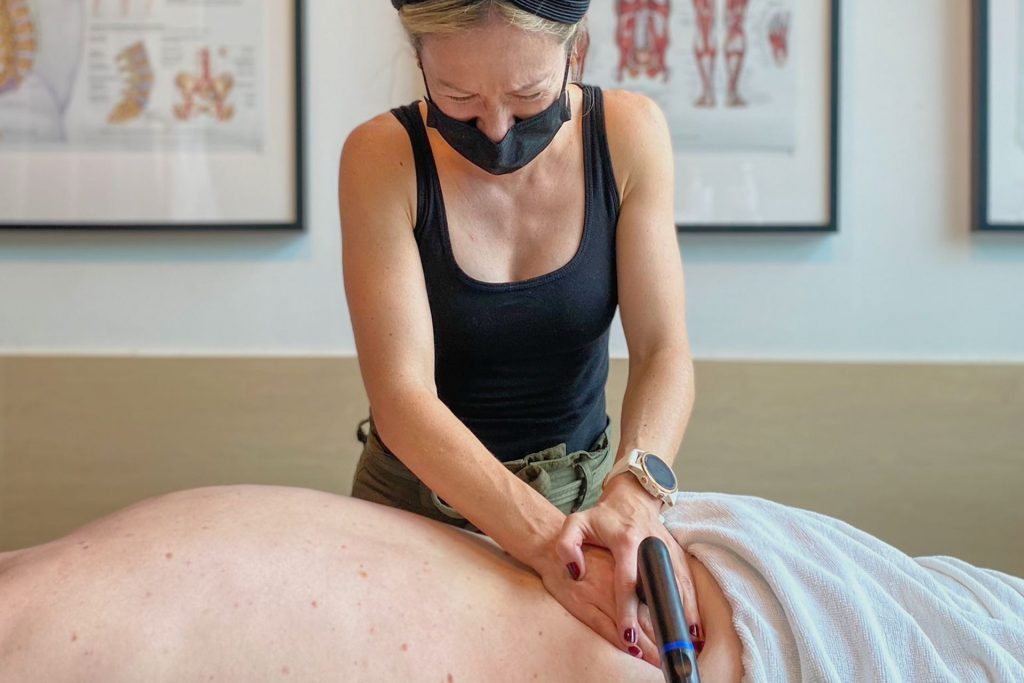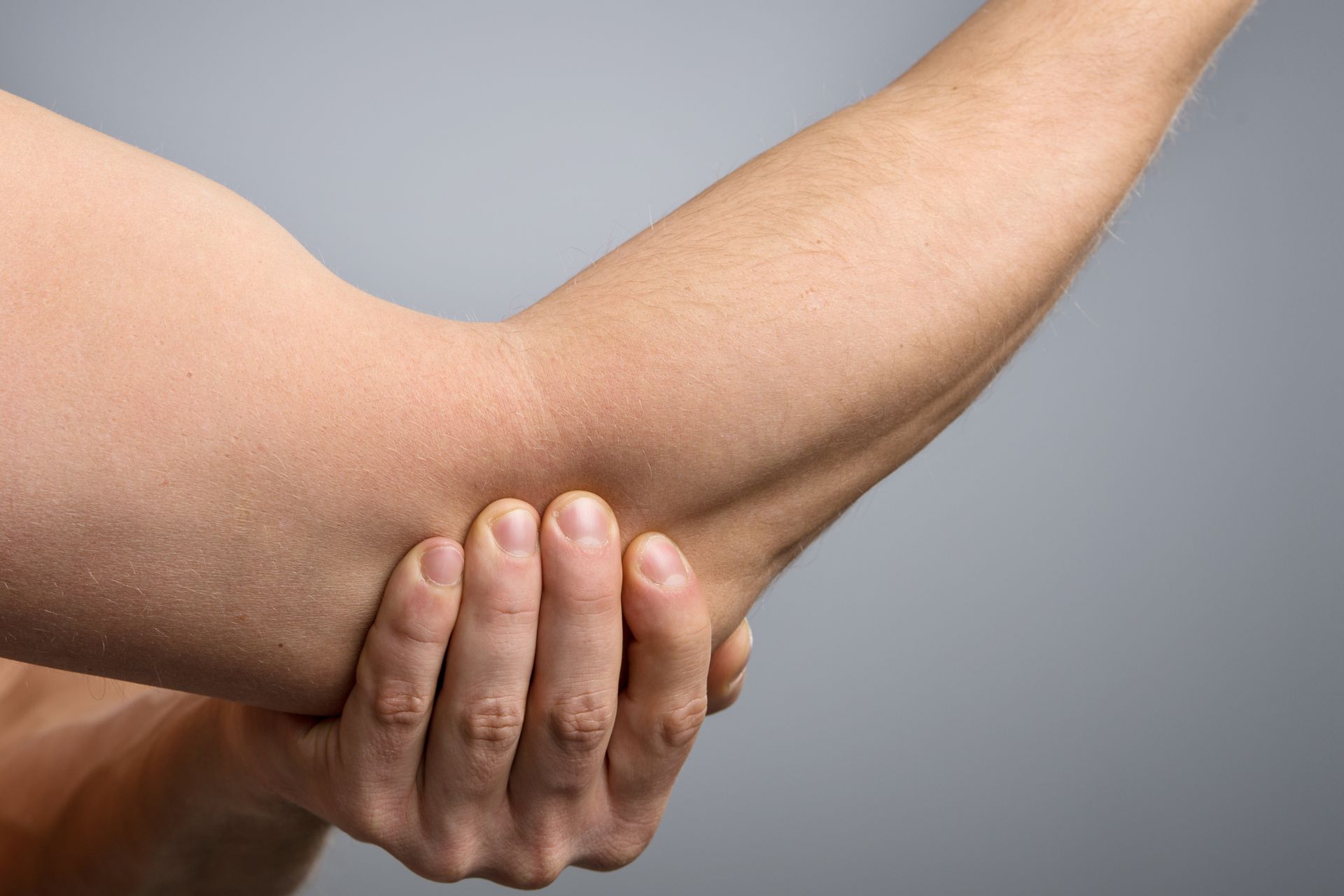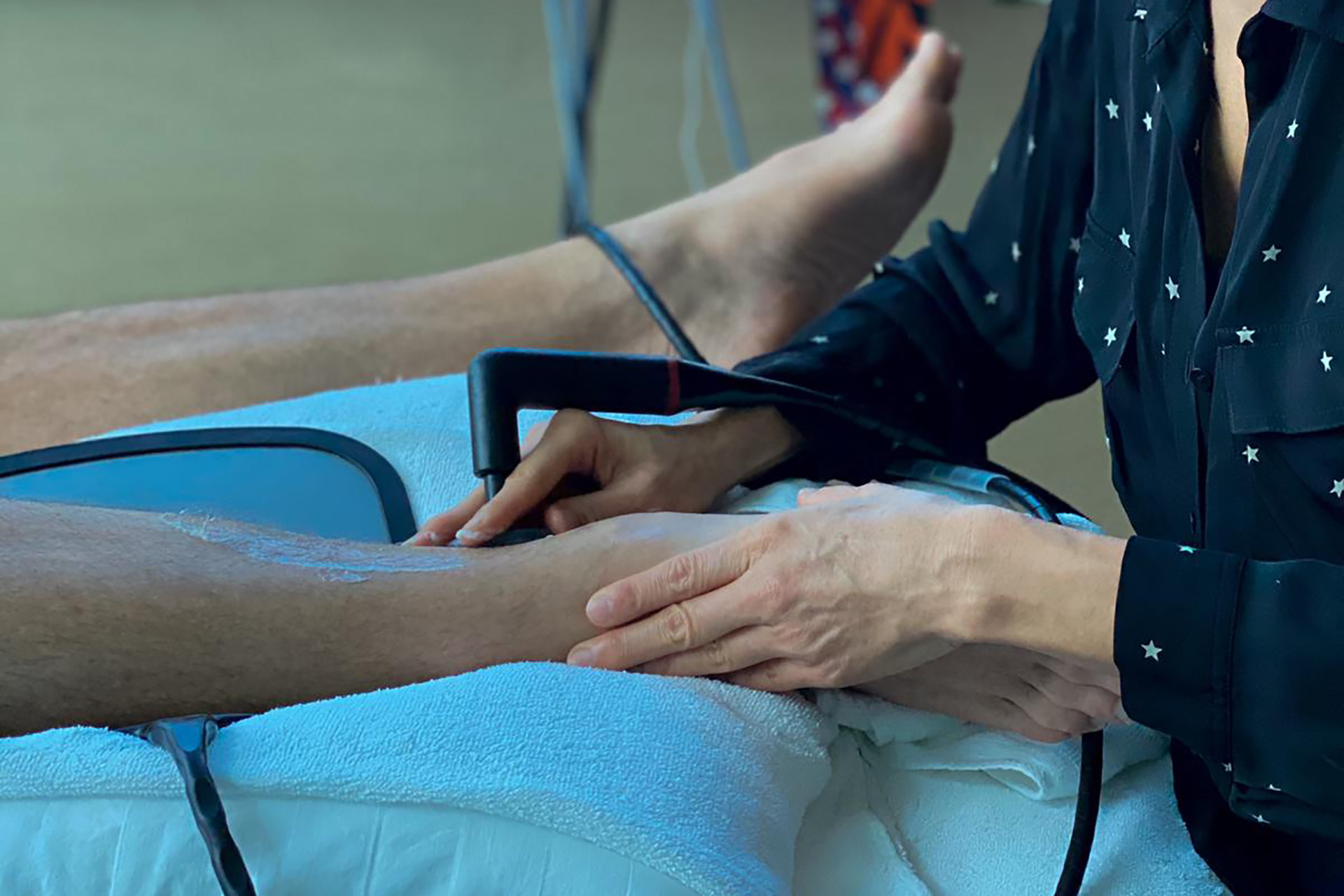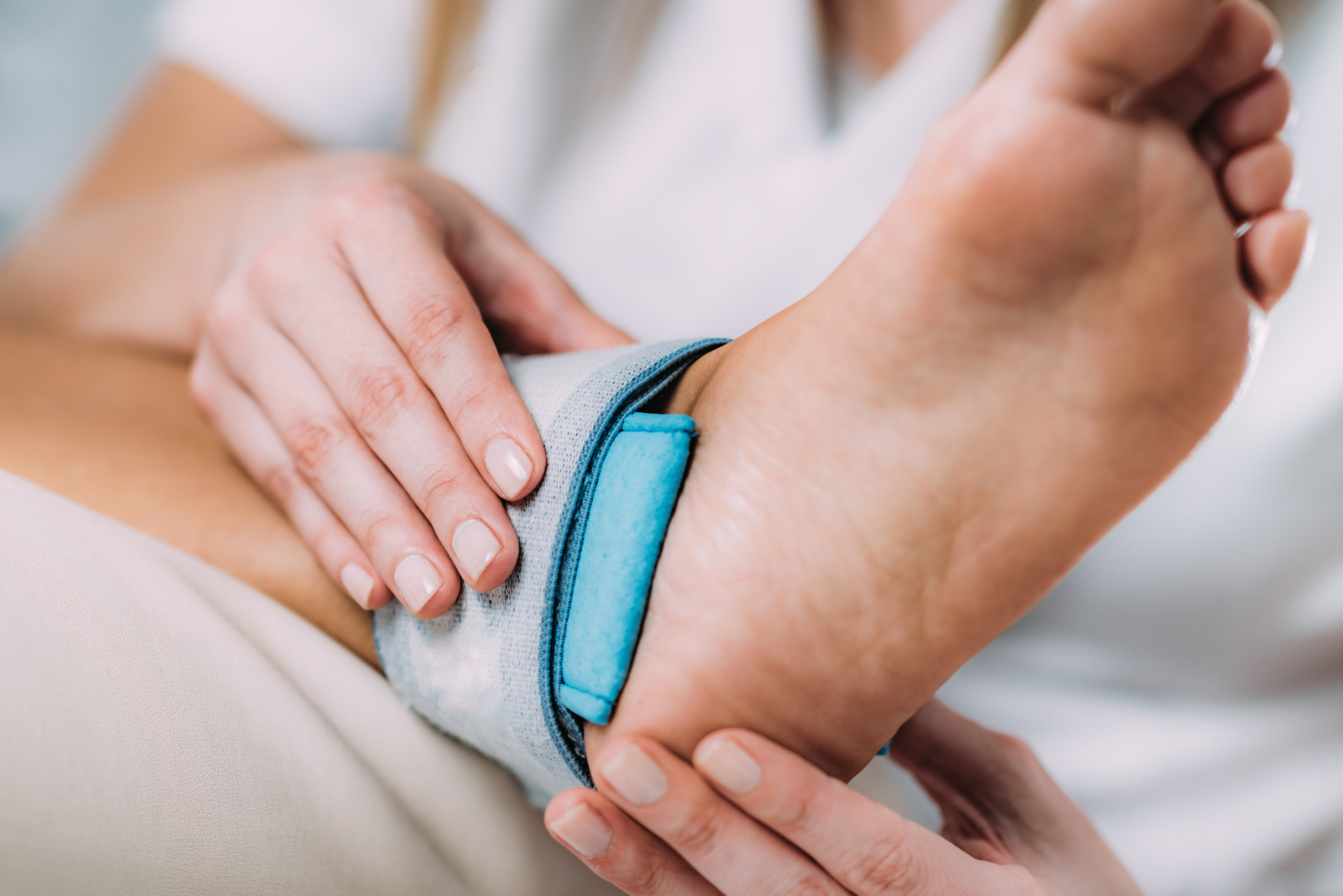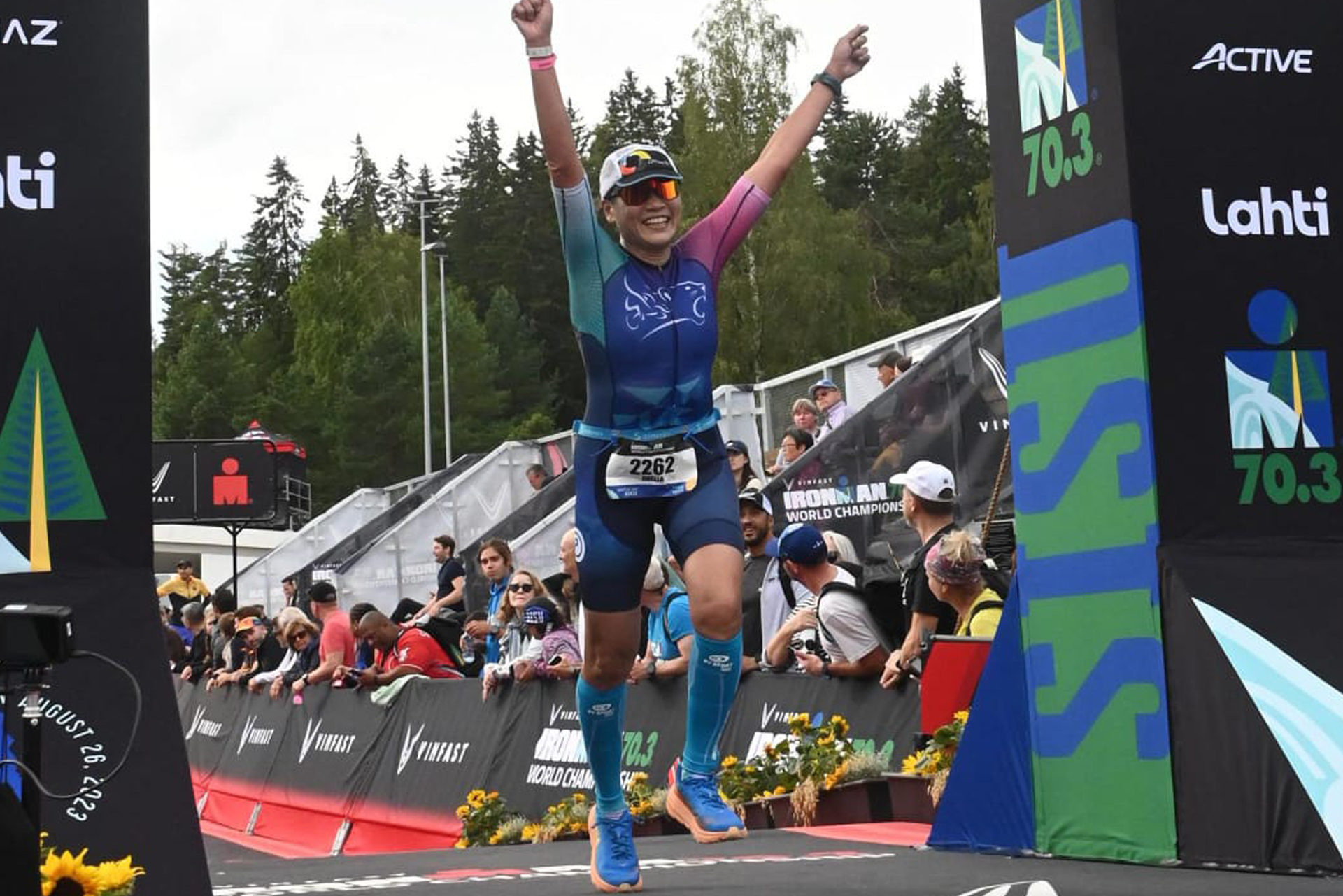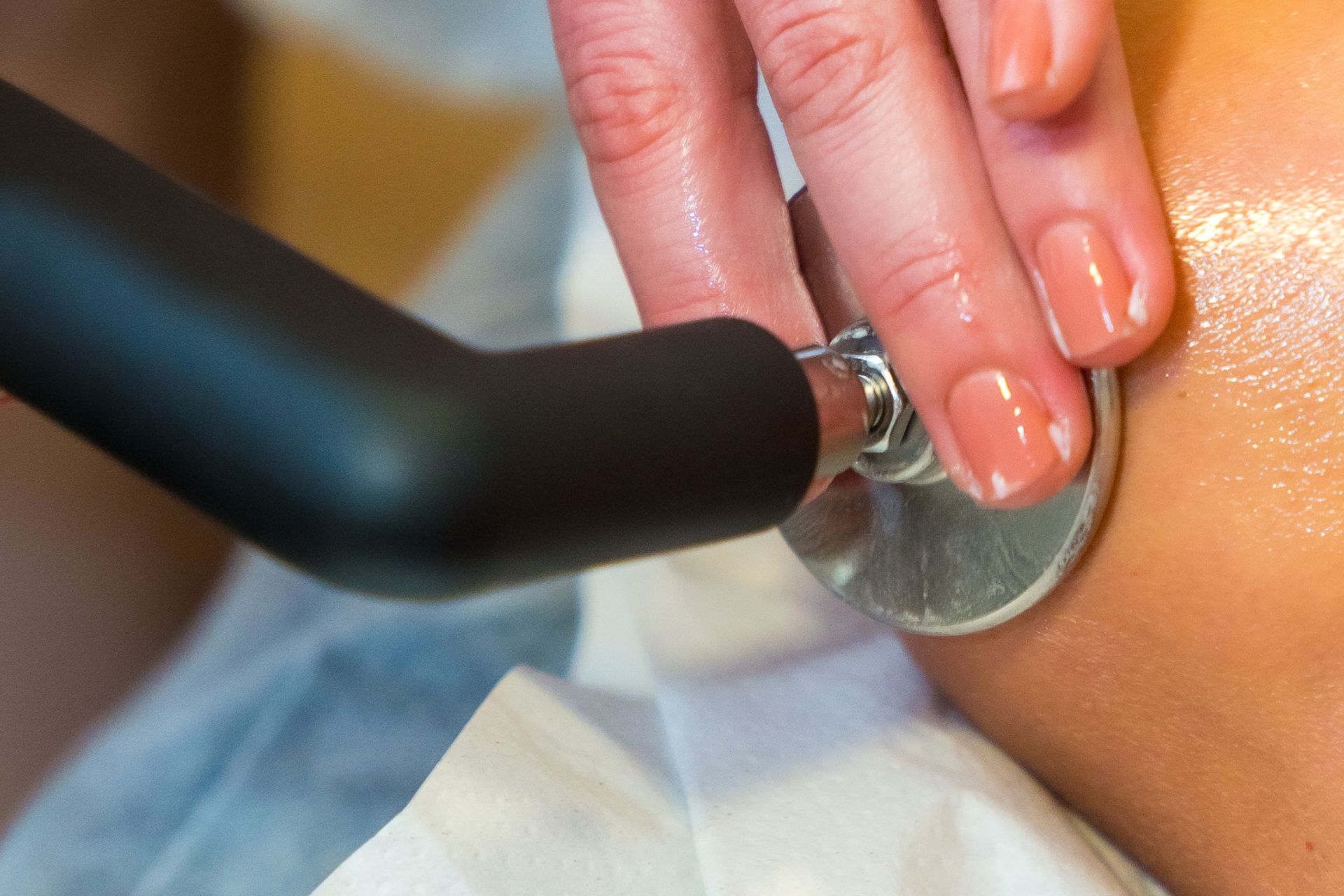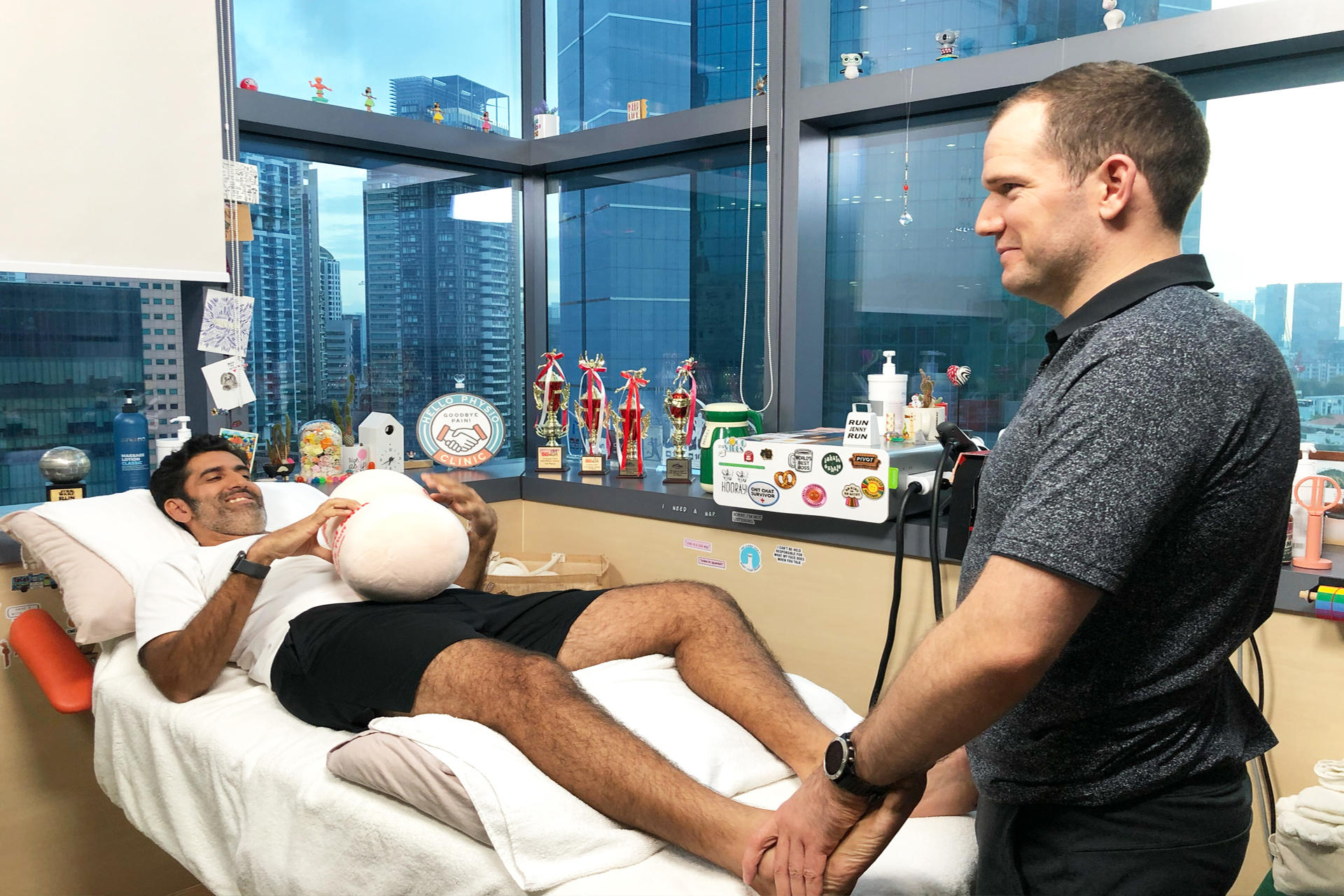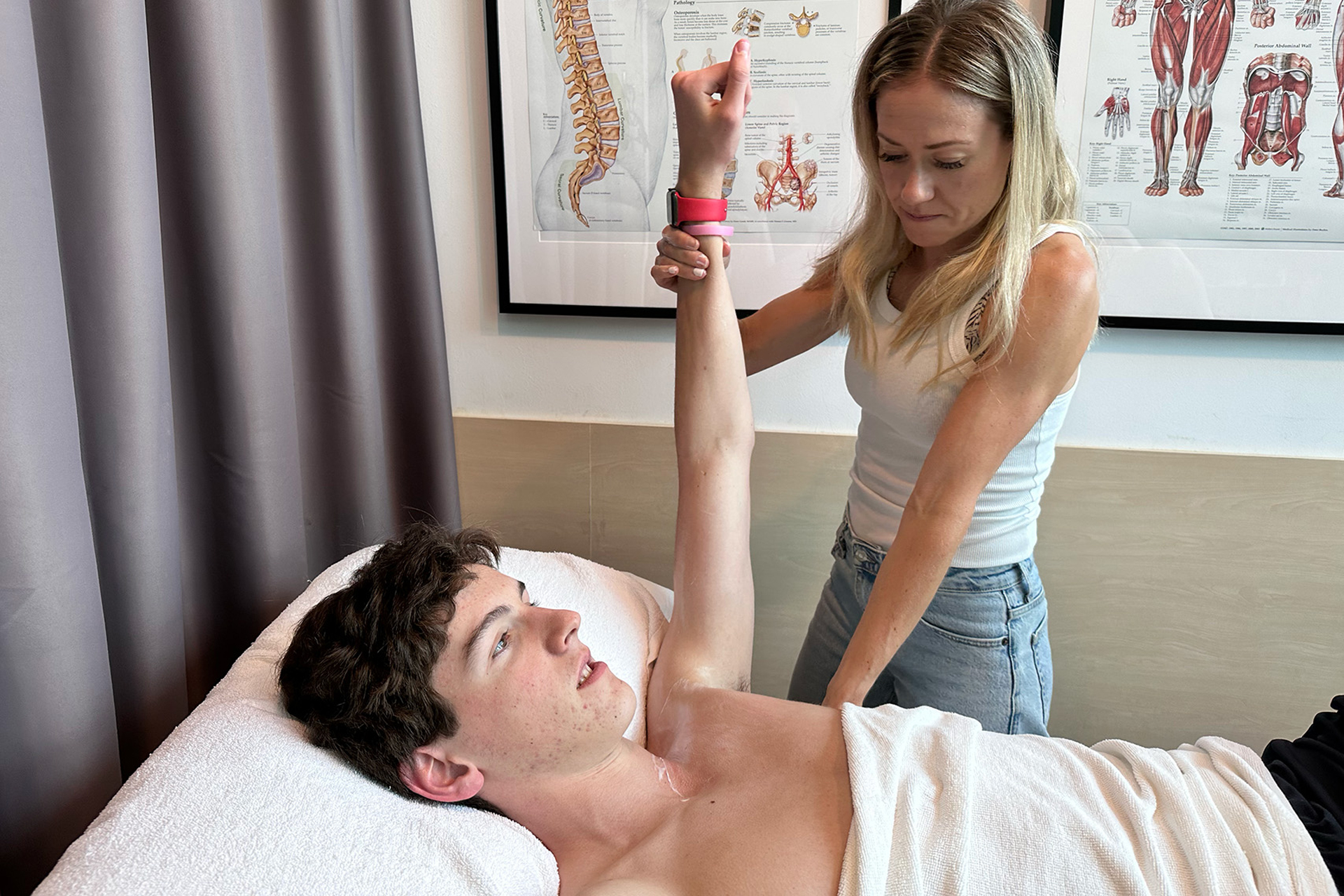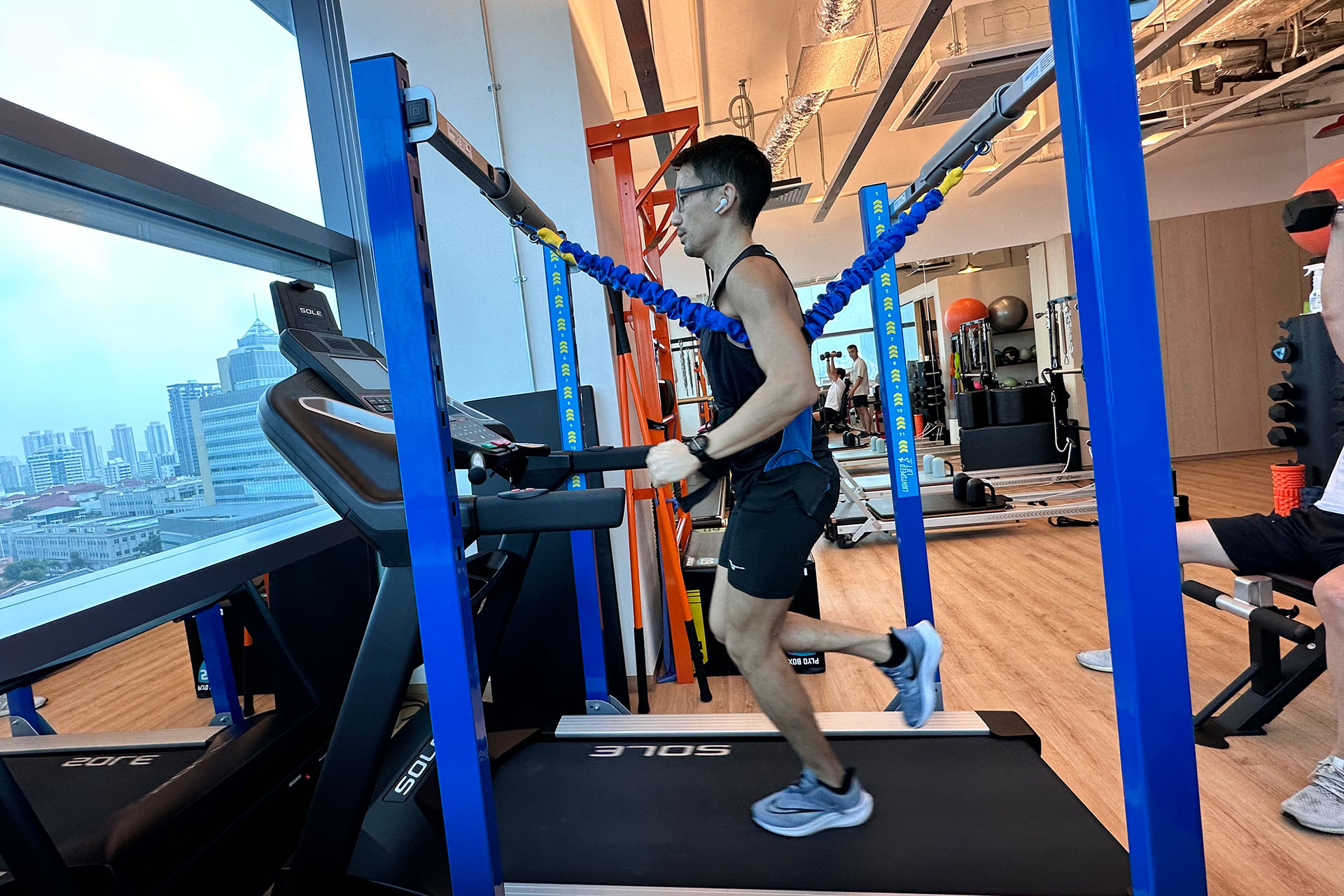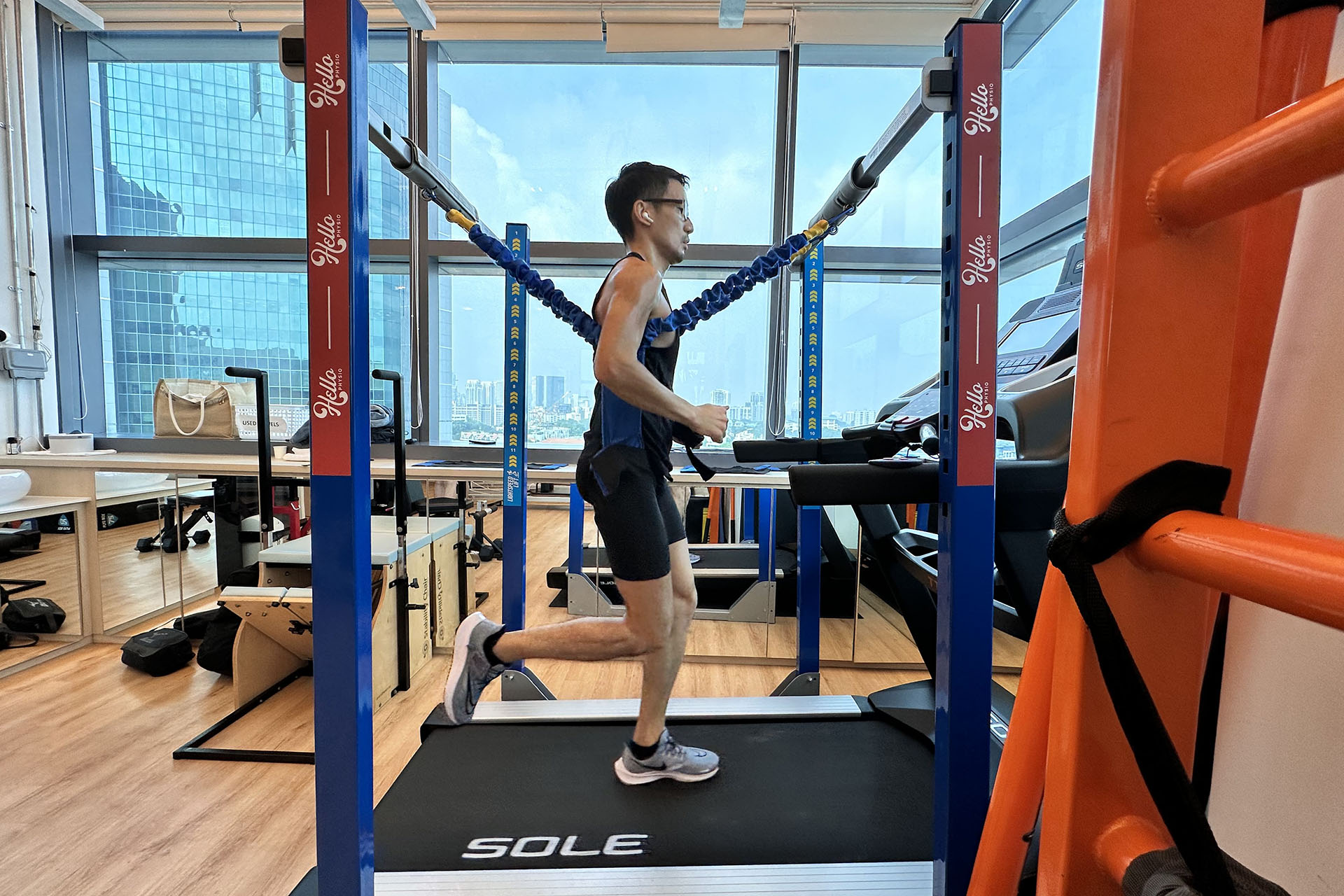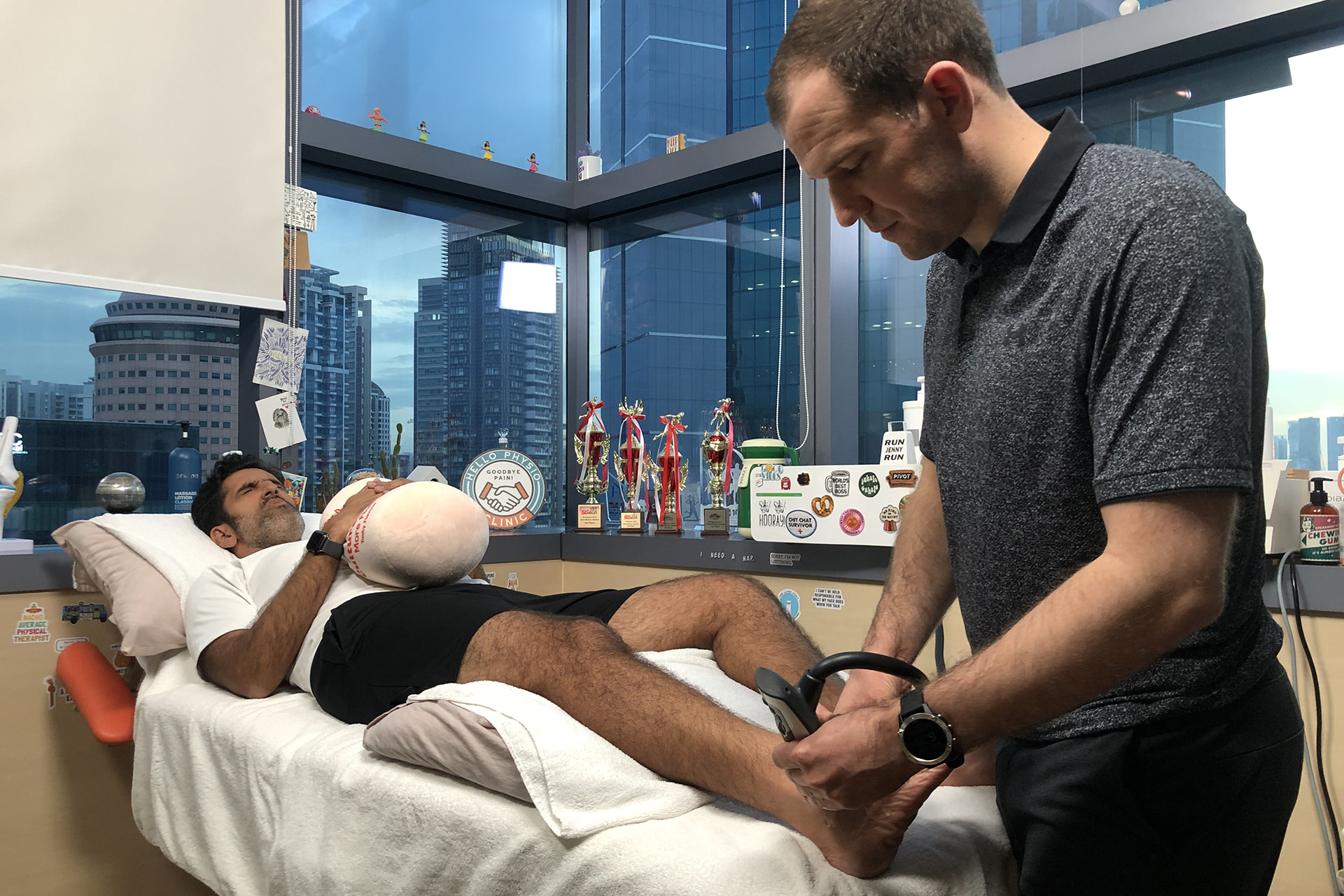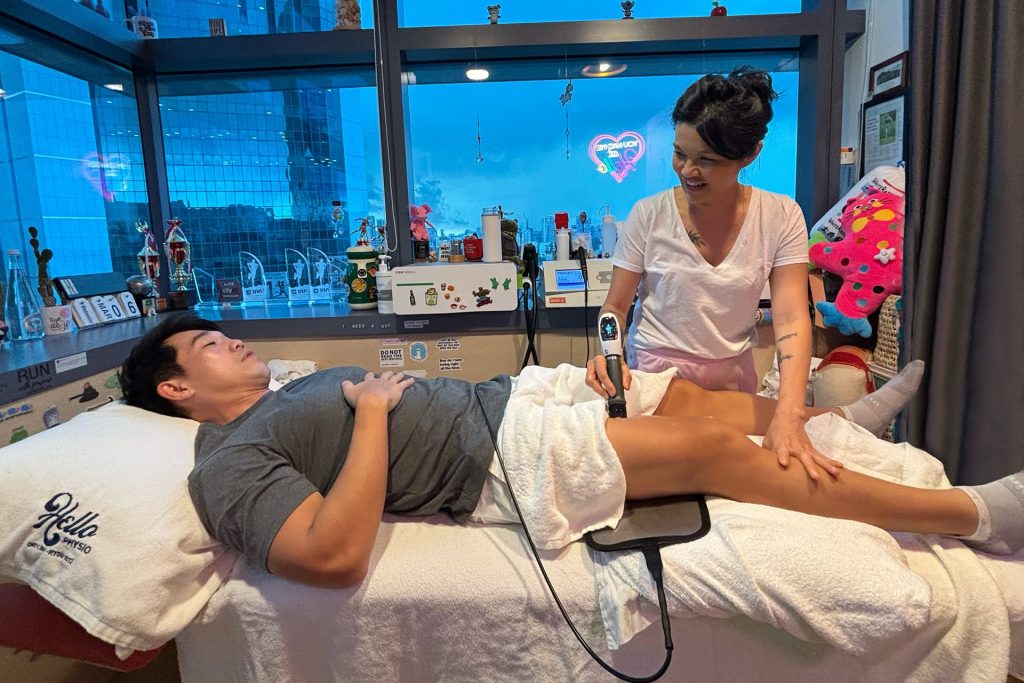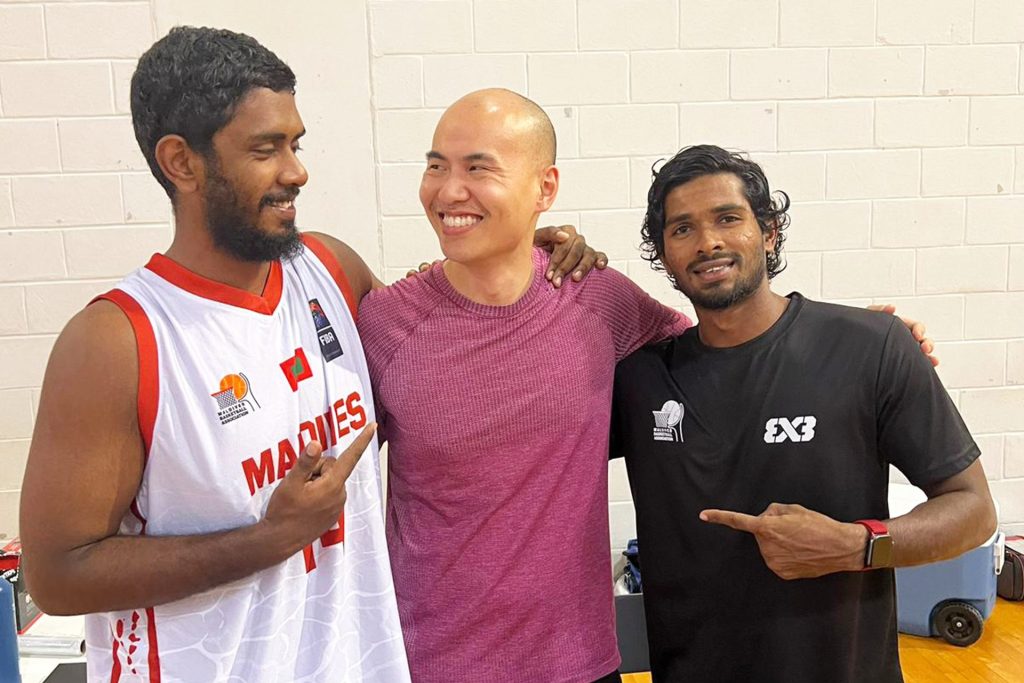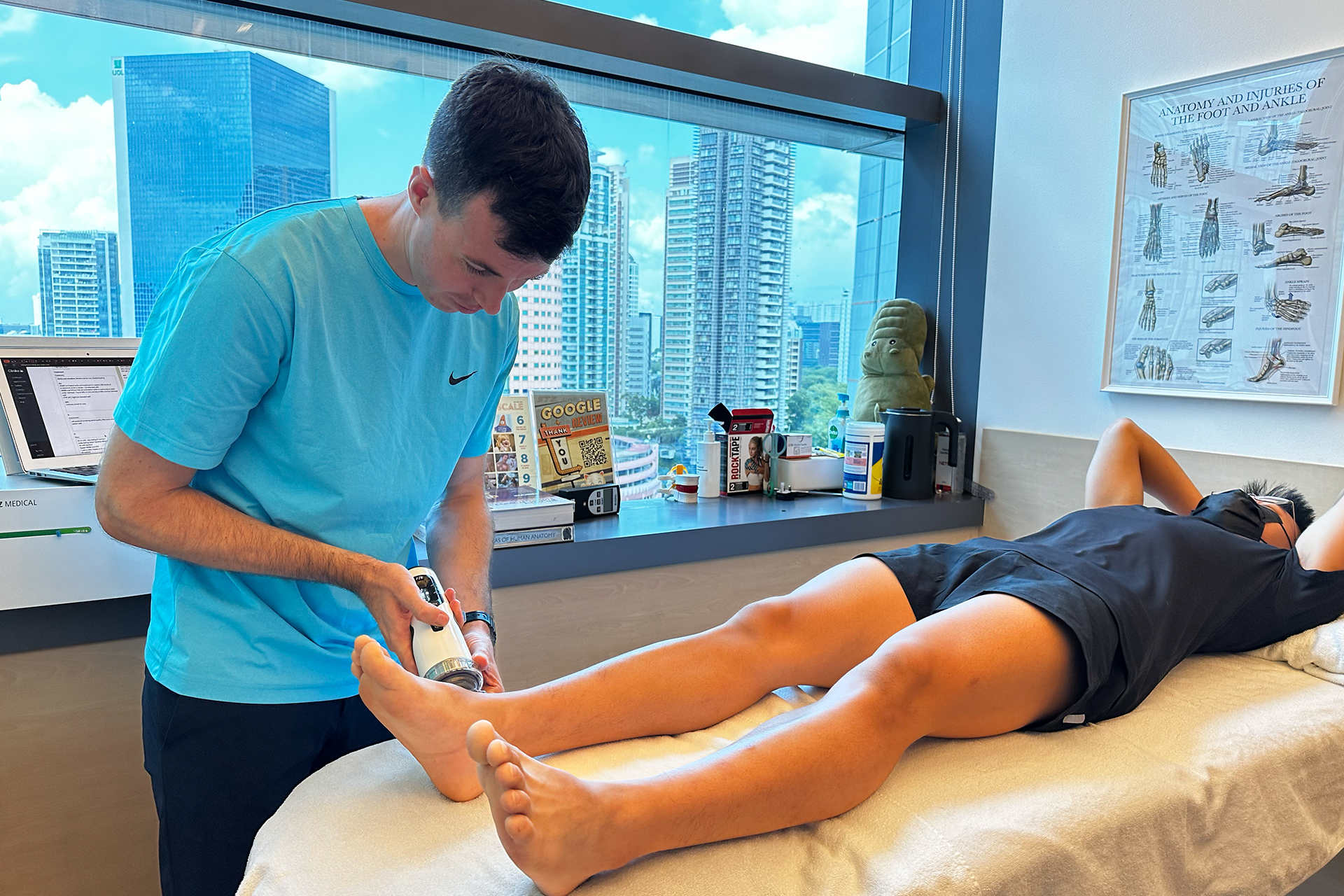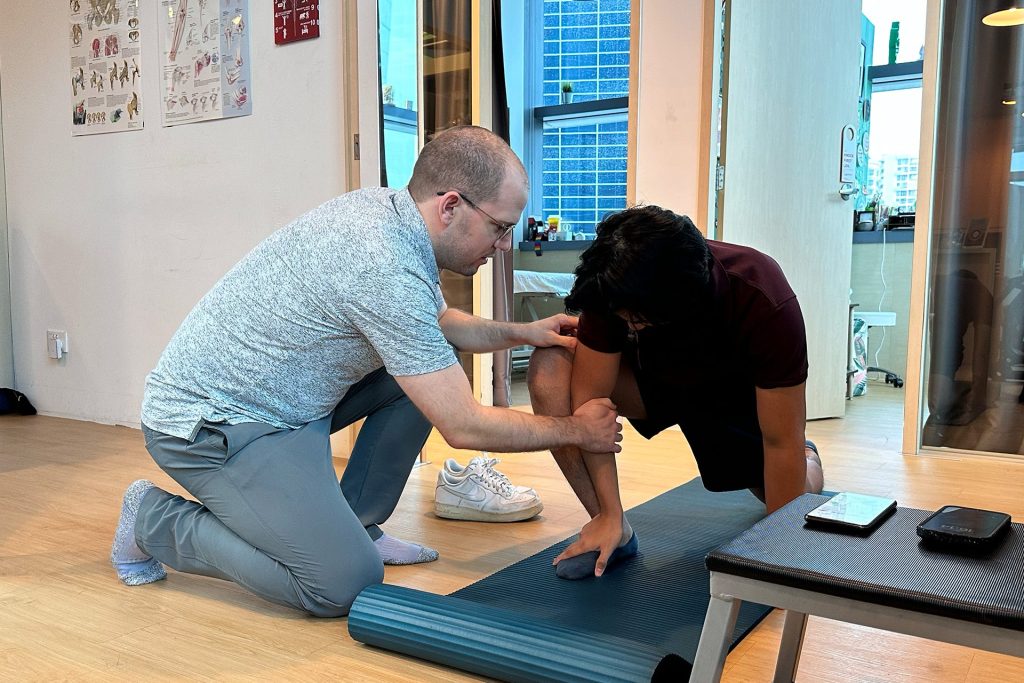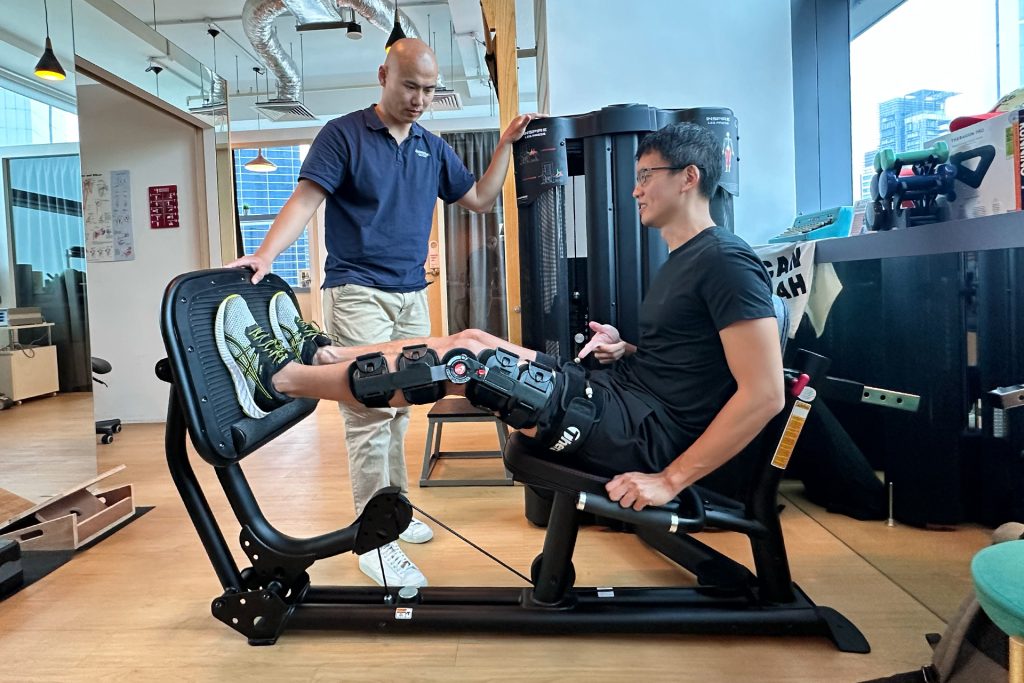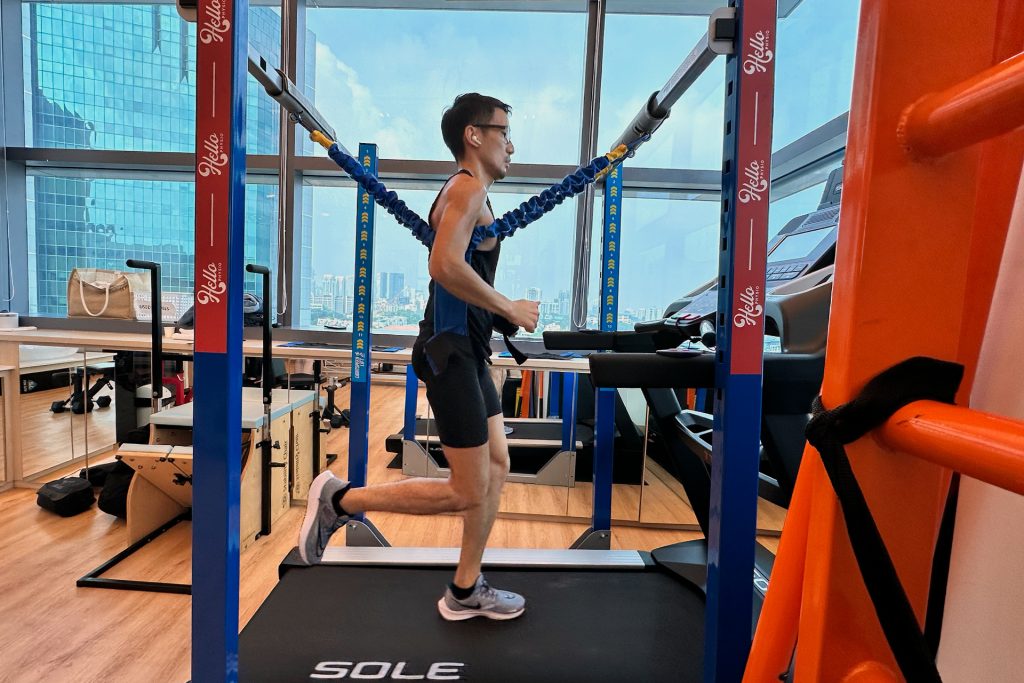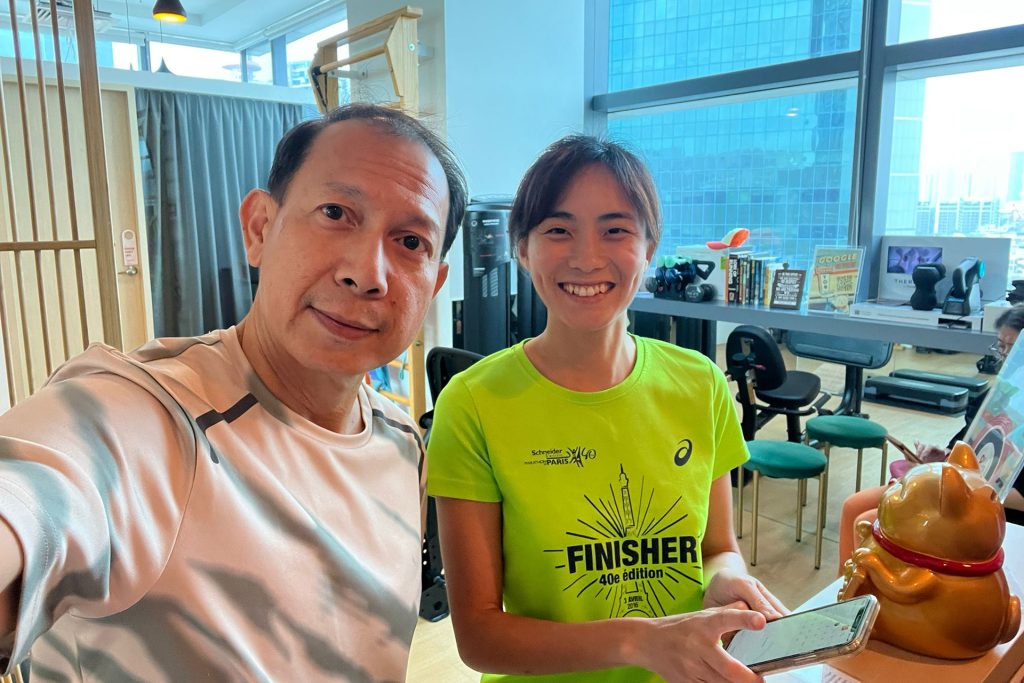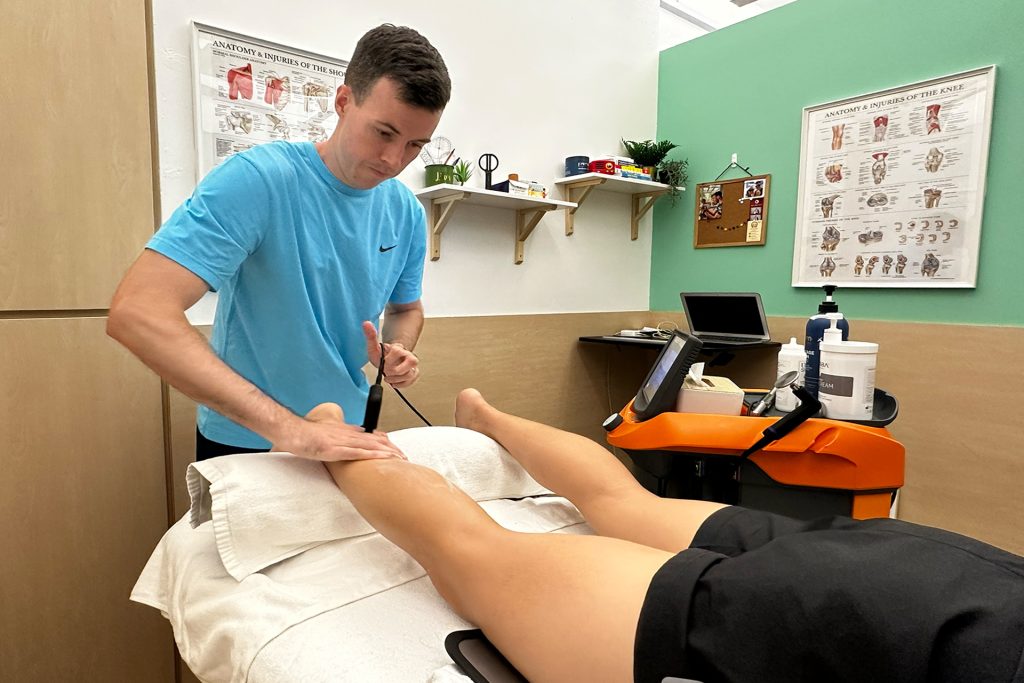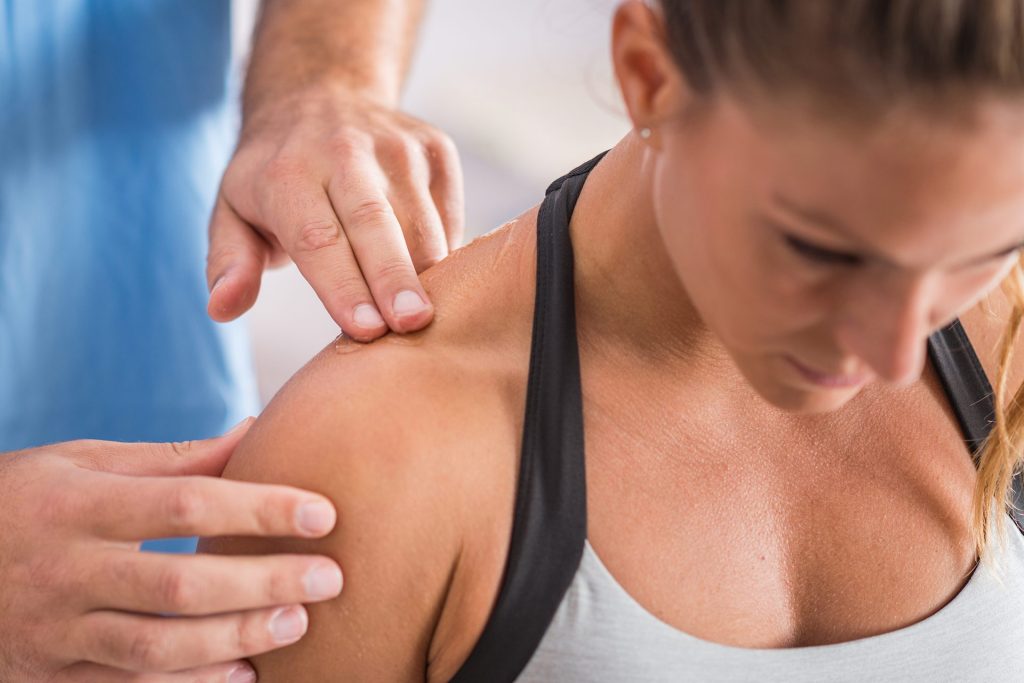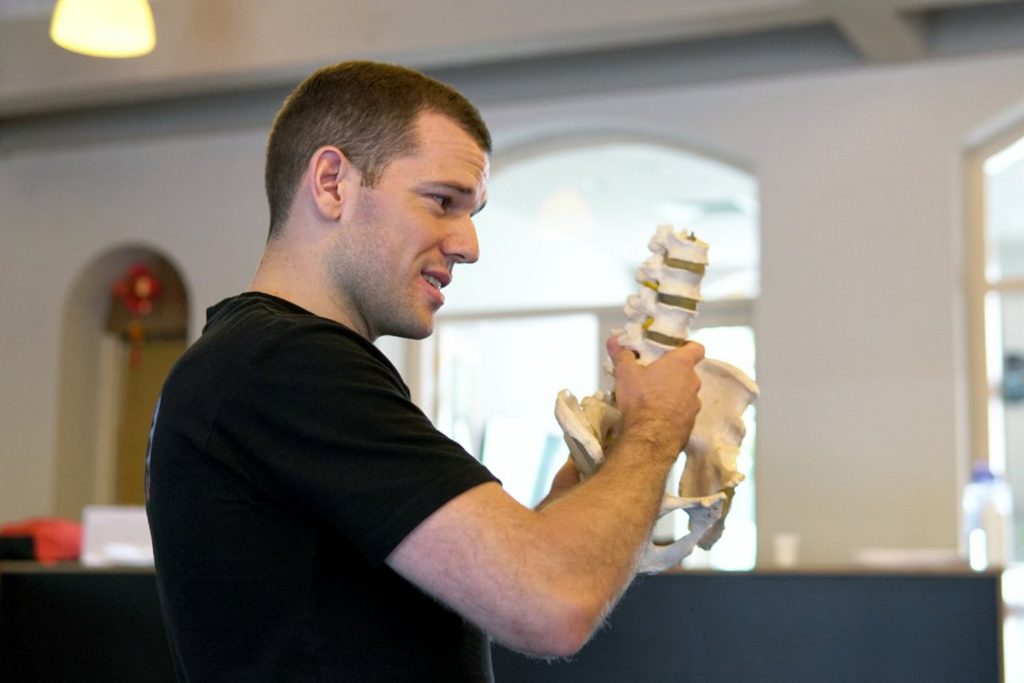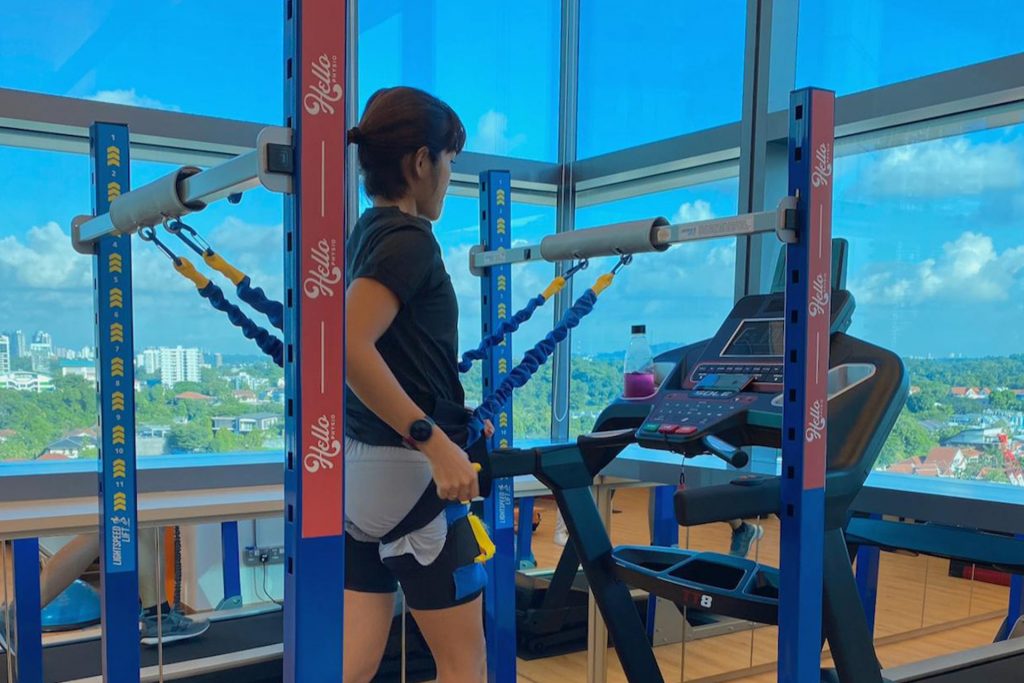|
Getting your Trinity Audio player ready...
|
What Does A Hip Labral Tear Feel Like
Hips play a crucial role in our daily movements — walking, swimming, or sprinting towards that decisive football goal. Yet, like any part of our body, they’re prone to injuries.
When experiencing a hip labral tear, patients often describe a deep, persistent ache in the groin area, which may extend to the front of the thigh. This discomfort can vary in intensity, presenting as a mild irritation or a sharp, severe pain during activities like squatting or pivoting. Alongside this, many report sensations of instability in the hip joint, accompanied by a clicking or locking sound.
These symptoms can be physically limiting and mentally taxing, impacting daily activities and overall well-being. The pain might fluctuate, with specific movements exacerbating the discomfort, highlighting the complex nature of this condition.
Fortunately, an array of noninvasive treatments is available, making surgery a last resort. Suffering from a hip labral tear might feel like a stroke of bad luck. Still, thankfully, the multitude of treatment options offers a silver lining for hip labral tear recovery without surgery. With the right approach, you can be back doing what you love — on the field, track, or court — with the same vigor and passion.
Understanding Hip Labral Tears in Athletes
The hip labrum, a ring of cartilage encircling the hip joint, is vital for smooth, frictionless motion, playing a key role in our flexibility and agility. In athletes, the labrum is particularly susceptible to injuries due to its crucial function in facilitating a wide range of movements.
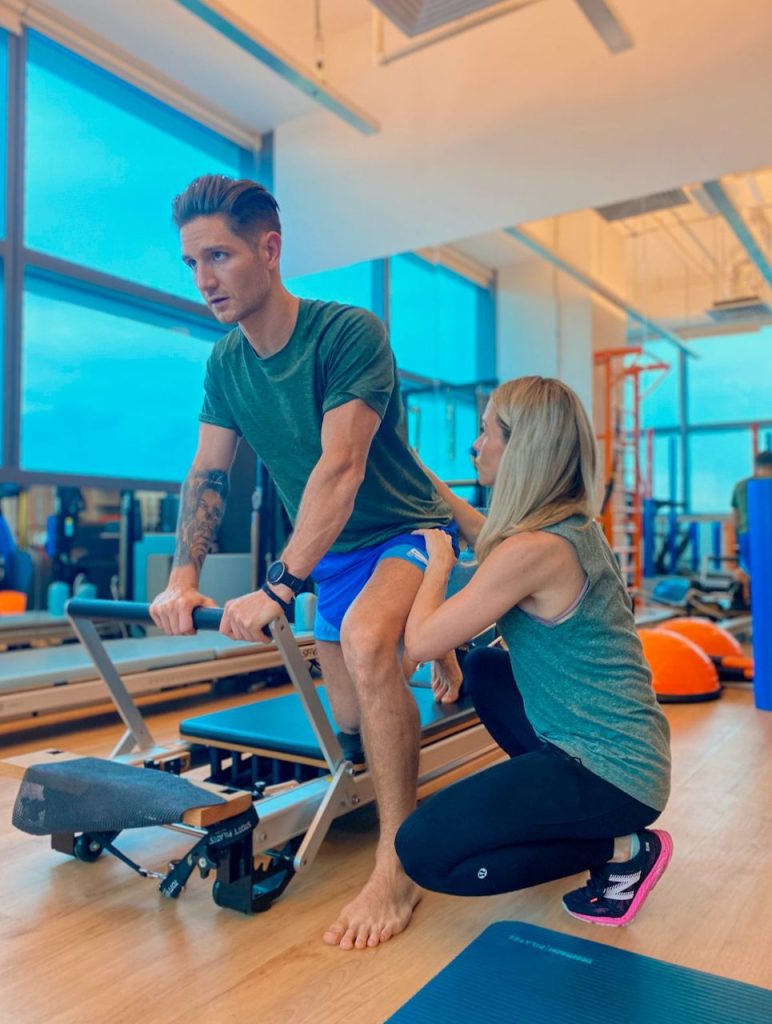
Hip labral tear injuries can manifest in various forms: the labrum might become frayed, develop minor tears, or, in severe cases, detach from the socket bone. The causes of these tears can vary significantly among athletes. Repetitive movements and overuse, common in sports, often lead to wear and tear, whereas acute incidents like a harsh tackle during a game can result in immediate injury.
Regardless of the cause, these injuries can be a major setback for an athlete, leading to discomfort, reduced mobility, and a temporary halt in their sports activities. The good news is that many non-surgical hip labral tear treatment options are available. These treatments focus on restoring the integrity of the labrum, alleviating pain, and returning athletes to their pre-injury performance levels. The goal is to heal the physical injury and ensure athletes can confidently return to their sport, feeling as capable and robust as before.
Physical Therapy for Hip Labral Tear Recovery without Surgery
No athlete wants to be sidelined. It’s frustrating and demoralizing, especially for team players who don’t want to let their team down. Non-surgical treatments boost an athlete’s confidence in their healing and accelerate recovery without the downtime associated with invasive surgery.
Physical therapy for hip labral tears aims to manage pain, restore mobility, and prevent future injuries. The psychological impact of physiotherapy is significant. For many athletes, a debilitating injury feels like a loss of agency. Physiotherapy restores their sense of control, aiding sustainable recovery and boosting confidence.
Hip labral tear rehab plans are crucial for each athlete’s sport and lifestyle. For instance, the treatment for a football player’s hip labral tear differs markedly from that of a ballet dancer, reflecting the unique nature of their activities.
Hip labral tear symptoms like locking or instability can often also cause pain in the hip and groin. This condition can remain undiagnosed, as it might not always present noticeable symptoms.
Athletes participating in high-impact sports are particularly at risk, as repetitive strain can deteriorate the labrum, the soft tissue lining the hip joint sockets. Labral tears can also stem from acute sports injuries.
Treatment at HelloPhysio combines shockwave therapy with EMTT (Extracorporeal Magnetotransduction Therapy) and motor planning exercises, focusing on activating surrounding muscles and improving muscle function.
INDIBA Therapy in Hip Labral Tear Recovery
INDIBA Activ therapy is one of many options available to people with hip labral tears. But how does INDIBA treat hip labral tears?
INDIBA Activ is an adjunctive hip labral tear therapy that operates through intricate physiological processes. The therapy’s specific radiofrequency elevates the temperature in the targeted tissue, enhancing microcirculation. This controlled heating increases the blood, oxygen and nutrient flow, which is vital for tissue repair and inflammation reduction.
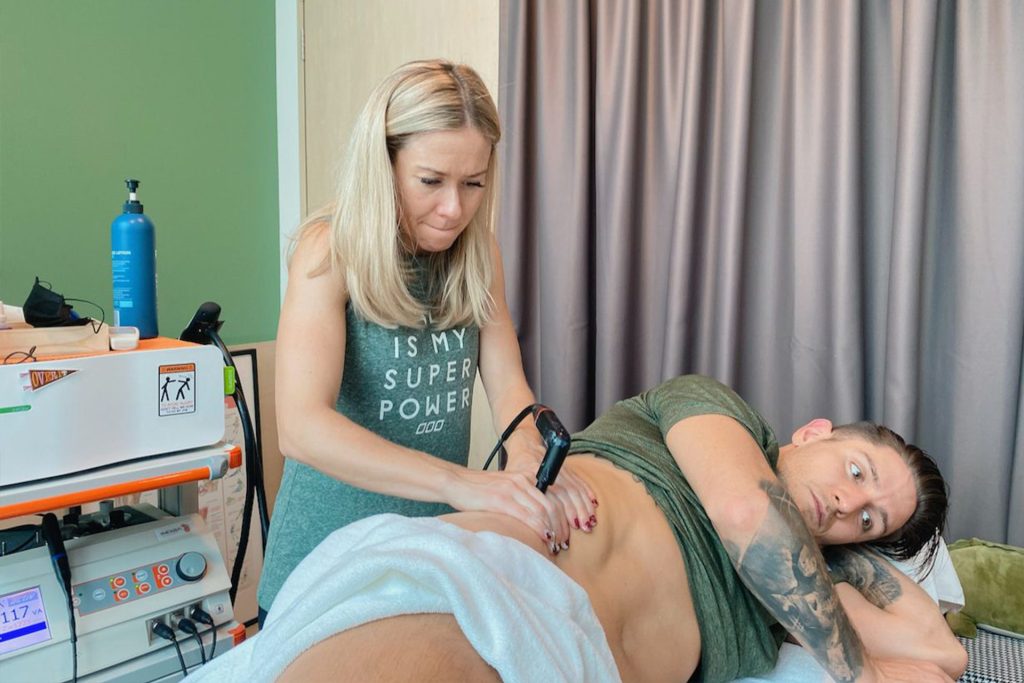
On a cellular level, the generated heat stimulates fibroblast activity, key cells in tissue repair. These cells significantly impact collagen production, the structural protein essential for labrum repair.
The therapy also raises the local metabolic rate, speeding up waste removal and reducing oedema, thereby aiding faster recovery and tissue regeneration.
It also reduces pain through thermal and non-thermal effects, such as soothing nerve endings and decreasing inflammation. Importantly, by fostering collagen synthesis, INDIBA therapy improves the elasticity and flexibility of connective tissues around the hip joint, essential for restoring mobility and preventing future injuries.
By improving blood flow and collagen synthesis, INDIBA therapy not only alleviates pain but also facilitates a faster healing process, helping restore the structural integrity and function of the hip joint. This makes INDIBA Activ a powerful tool in both immediate pain management and long-term recovery and rehab of hip labral tears.
Shockwave Therapy to Accelerate Healing of Labral Tears
When applied to hip labral tears, Shockwave Therapy utilizes established healing mechanisms proven effective in other musculoskeletal treatments. This hip labral tear therapy is particularly skilled at targeting deeper tissues within the hip, reaching key areas such as the labrum. Its high-energy acoustic waves actively stimulate cells in the affected zone, promoting the body’s natural healing processes. This includes boosting blood flow, reducing inflammation, and fostering tissue regeneration — all critical factors in recovering hip labral tears.
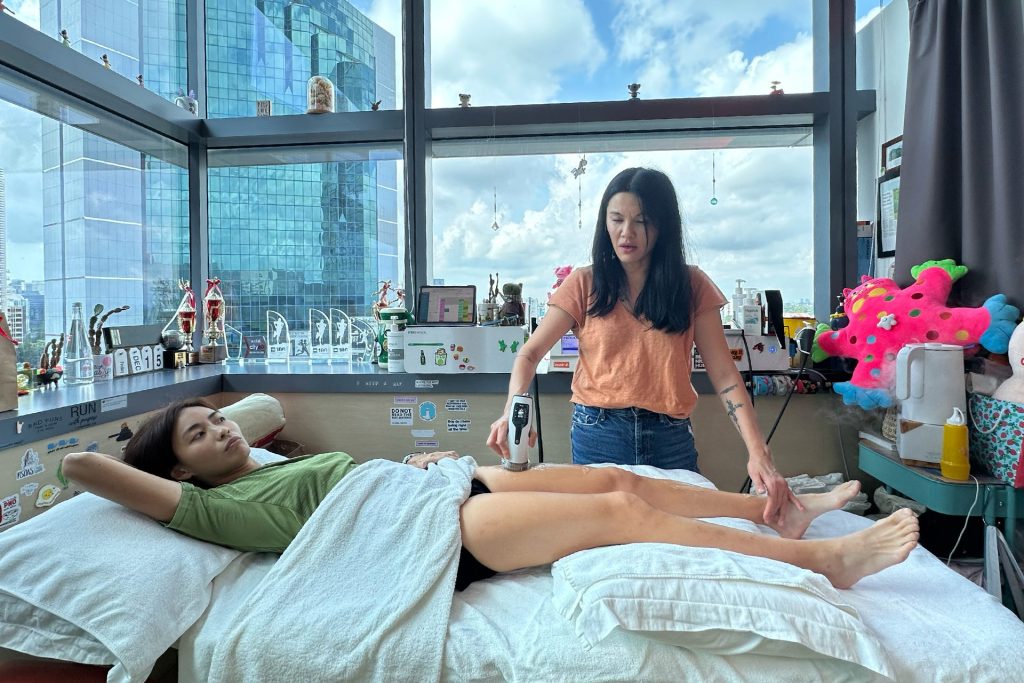
A significant aspect of Shockwave Therapy is its ability to alleviate pain. Interrupting pain signals in the hip region provides considerable relief from the discomfort associated with labral tears. Moreover, the therapy plays a vital role in collagen production and tissue repair, both essential for the healing and strengthening of the hip joint, particularly the labrum.
Also, Shockwave Therapy enhances blood flow and activates the body’s natural healing mechanisms. This dual action effectively reduces inflammation around the hip joint, relieving pain and improving mobility for individuals with hip labral tears.
Shockwave Therapy offers an alternative pathway for hip labral tear rehab, effectively addressing the root causes and symptoms to facilitate recovery and enhance joint function.
Extracorporeal Magnetotransduction Therapy (EMTT)
MAGNETOLITH EMTT therapy treats hip labral tears and uses advanced magnetic field technology to promote healing. This innovative therapy employs pulsating magnetic fields that deeply penetrate the tissues, reaching critical areas like the labrum in the hip joint.
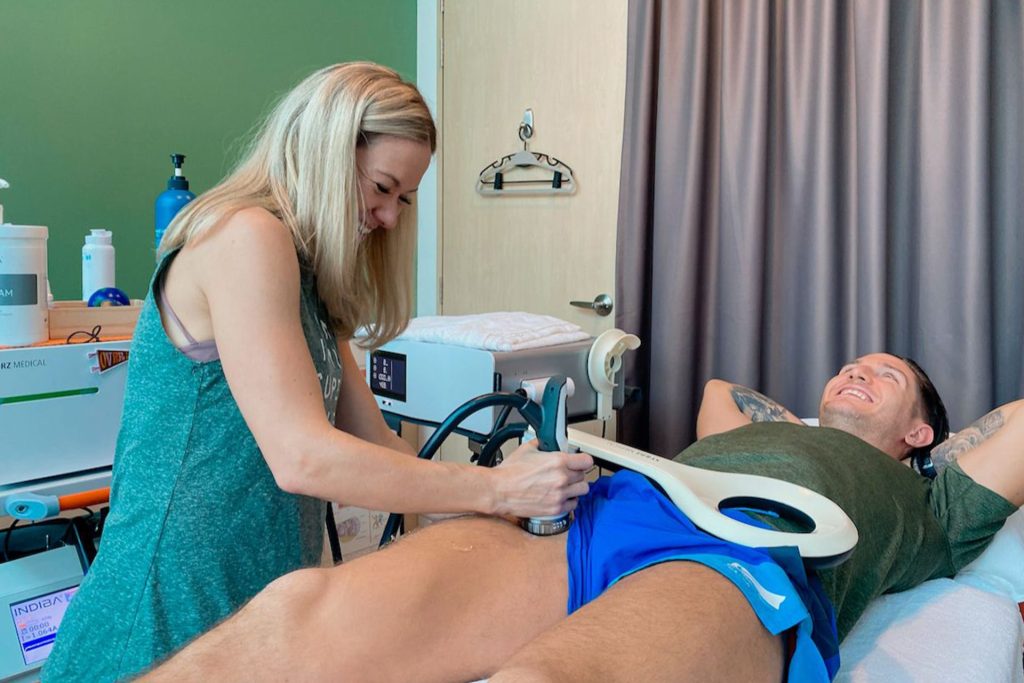
The magnetic energy stimulates cellular processes, potentially enhancing the repair and regeneration of the damaged labral tissues. One of the key benefits of EMTT therapy is its ability to reduce pain. The magnetic fields can alter cellular signaling associated with pain perception, providing significant relief.
This hip labral tear therapy effectively reduces inflammation, a common issue with hip labral tears, thereby reducing discomfort and improving joint function. EMTT holds promise in restoring mobility and function in the hip by simultaneously addressing pain, inflammation, and tissue repair, making it a potentially valuable treatment option for those suffering from hip labral tears.
Restoring Mobility and Return to Sport
Our treatment approach for hip labral tears often incorporates Clinical Pilates to create a personalized and empowering recovery journey for each athlete. Specially designed for injury recovery, the mobility, range of motion and strength exercises focus on building core strength, flexibility and mindful movement tailored to prevent future injuries.
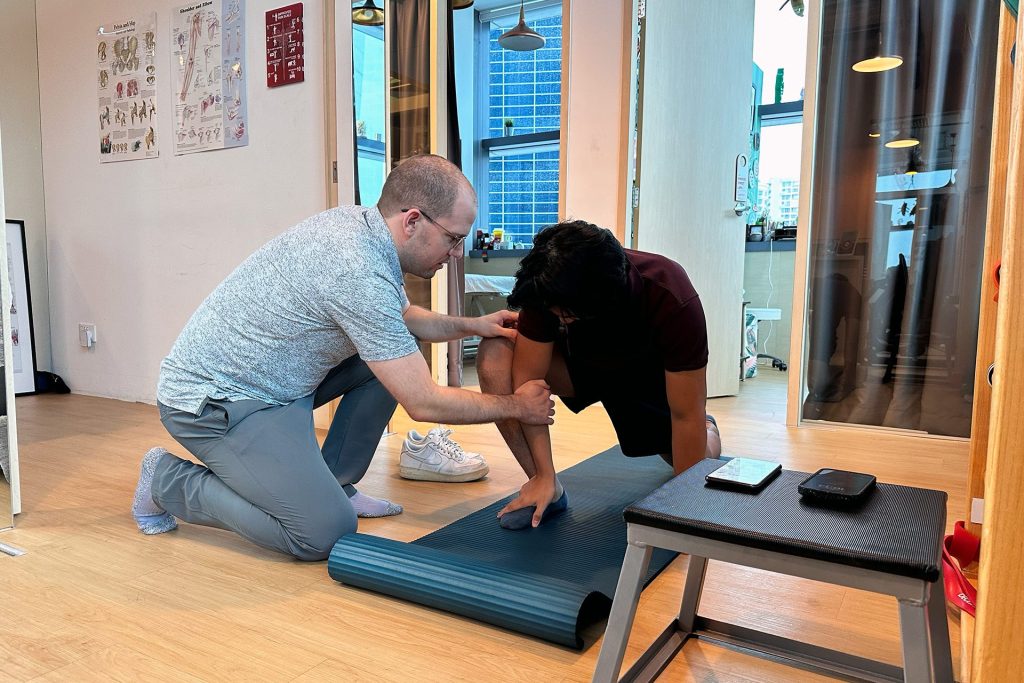
We emphasize gradual progress through controlled exercises, targeting areas affected by injury and progressively introducing sport-specific exercises. Our role extends beyond exercise guidance. We monitor your progress, adapt the program as needed, and equip you with the knowledge for long-term physical wellness.
Ultimately, at HelloPhysio, we’re here to help you return to sport at your previous level and with enhanced understanding and ability, ensuring a holistic, sustained recovery.

